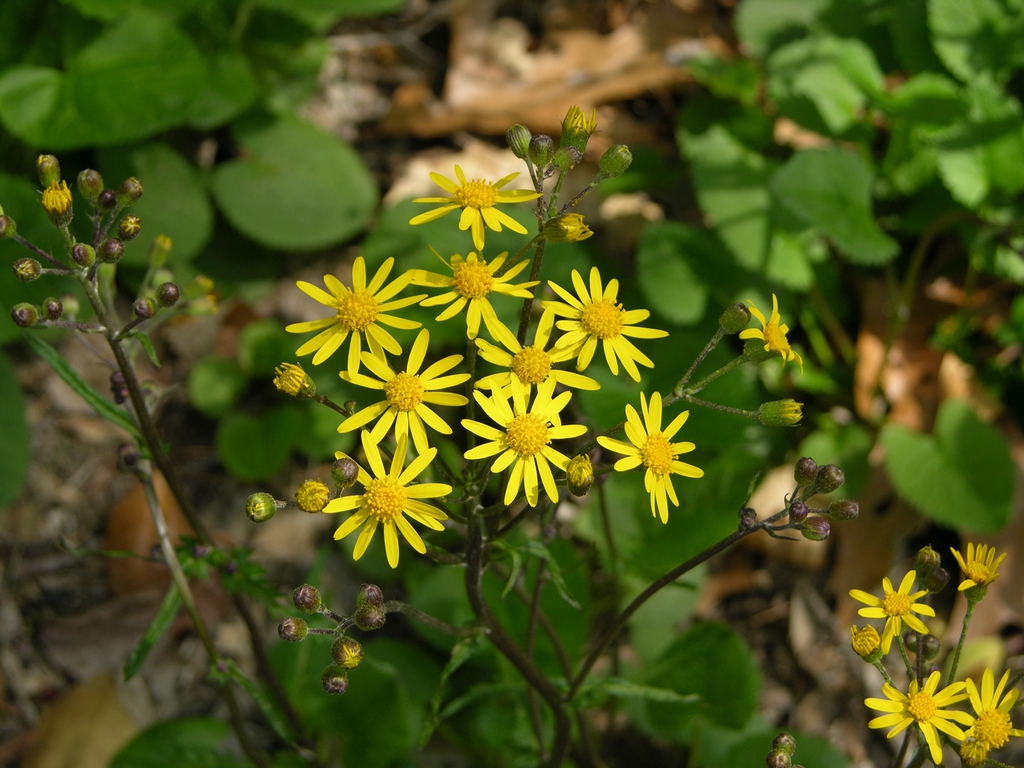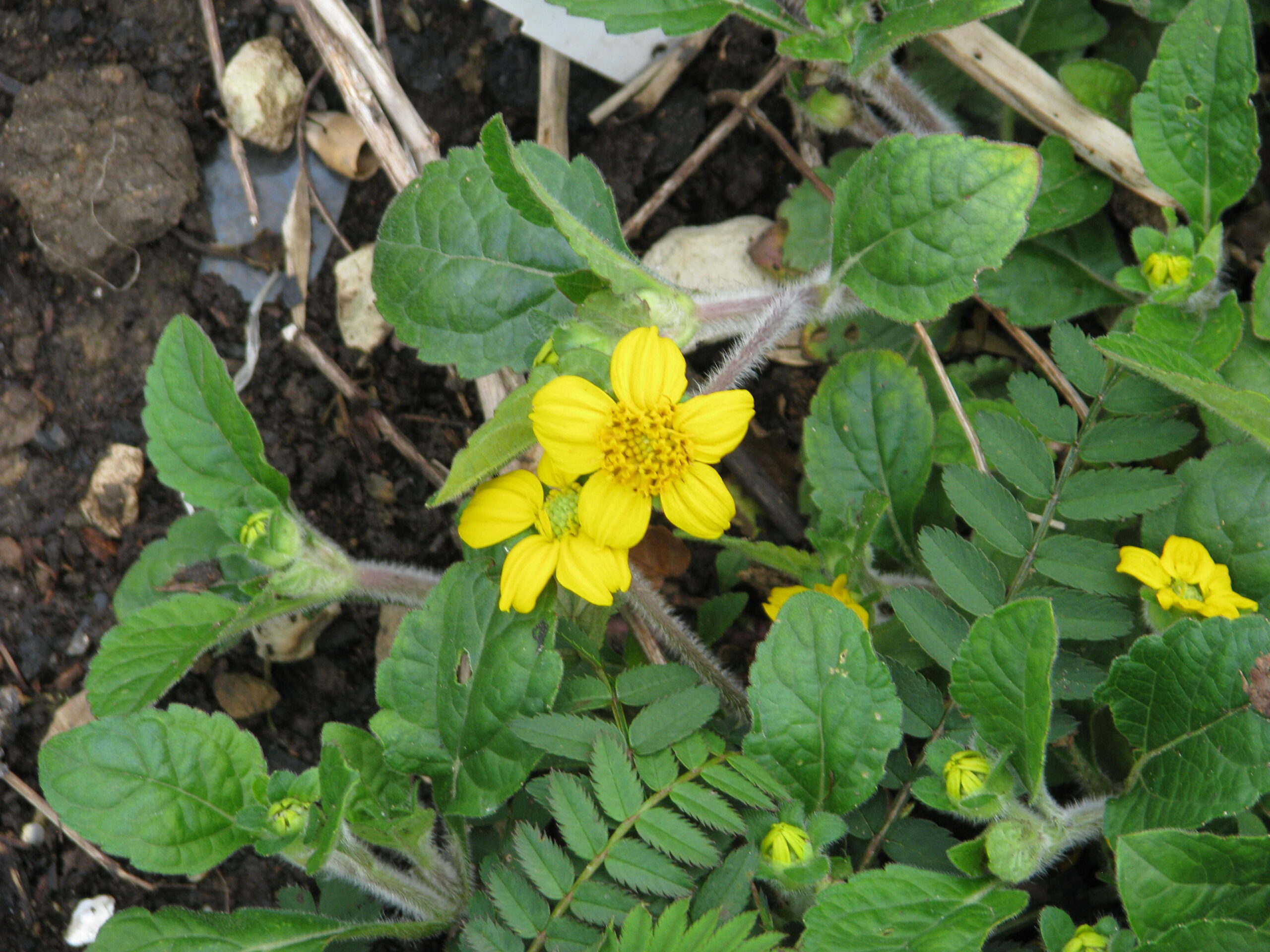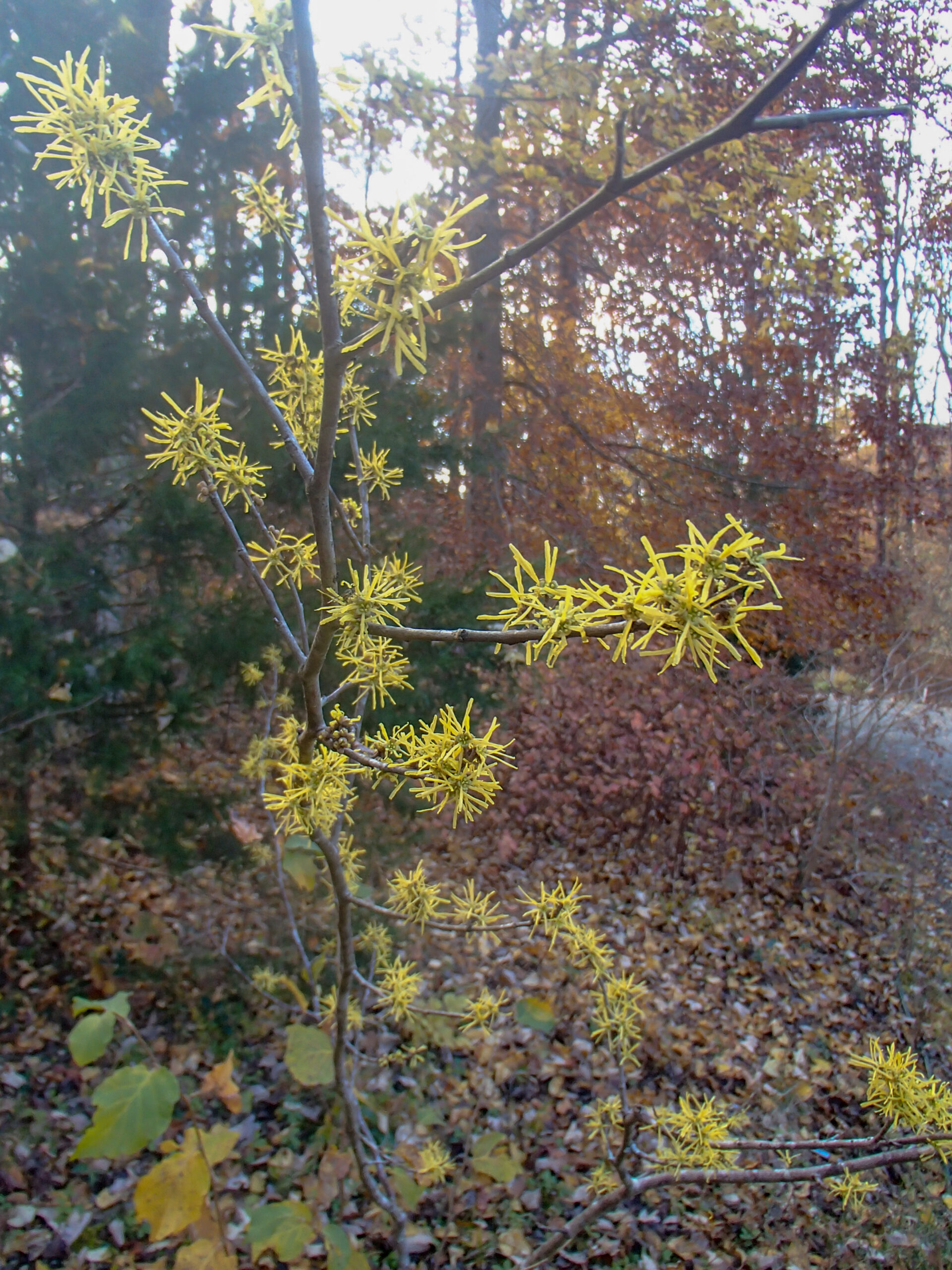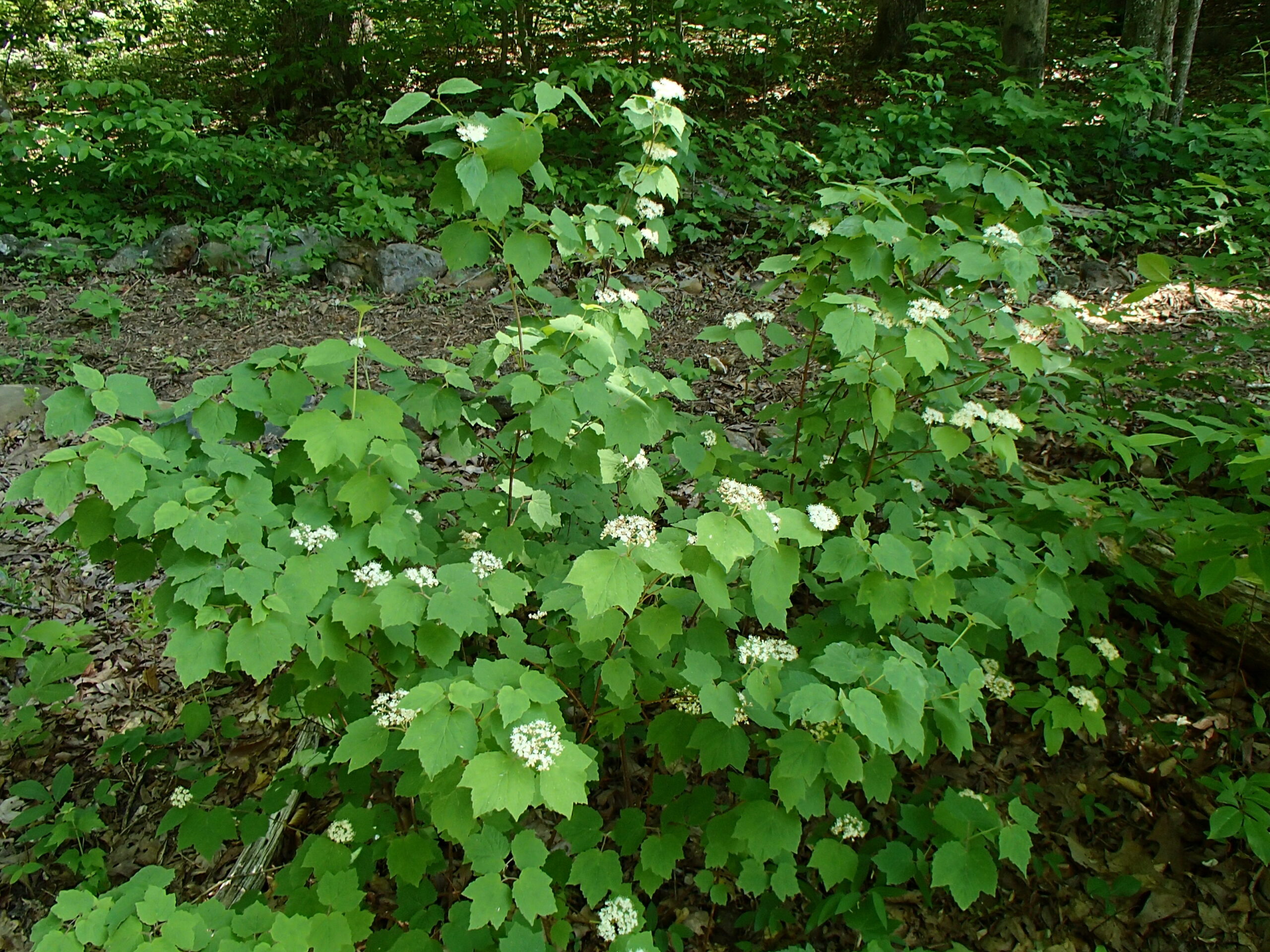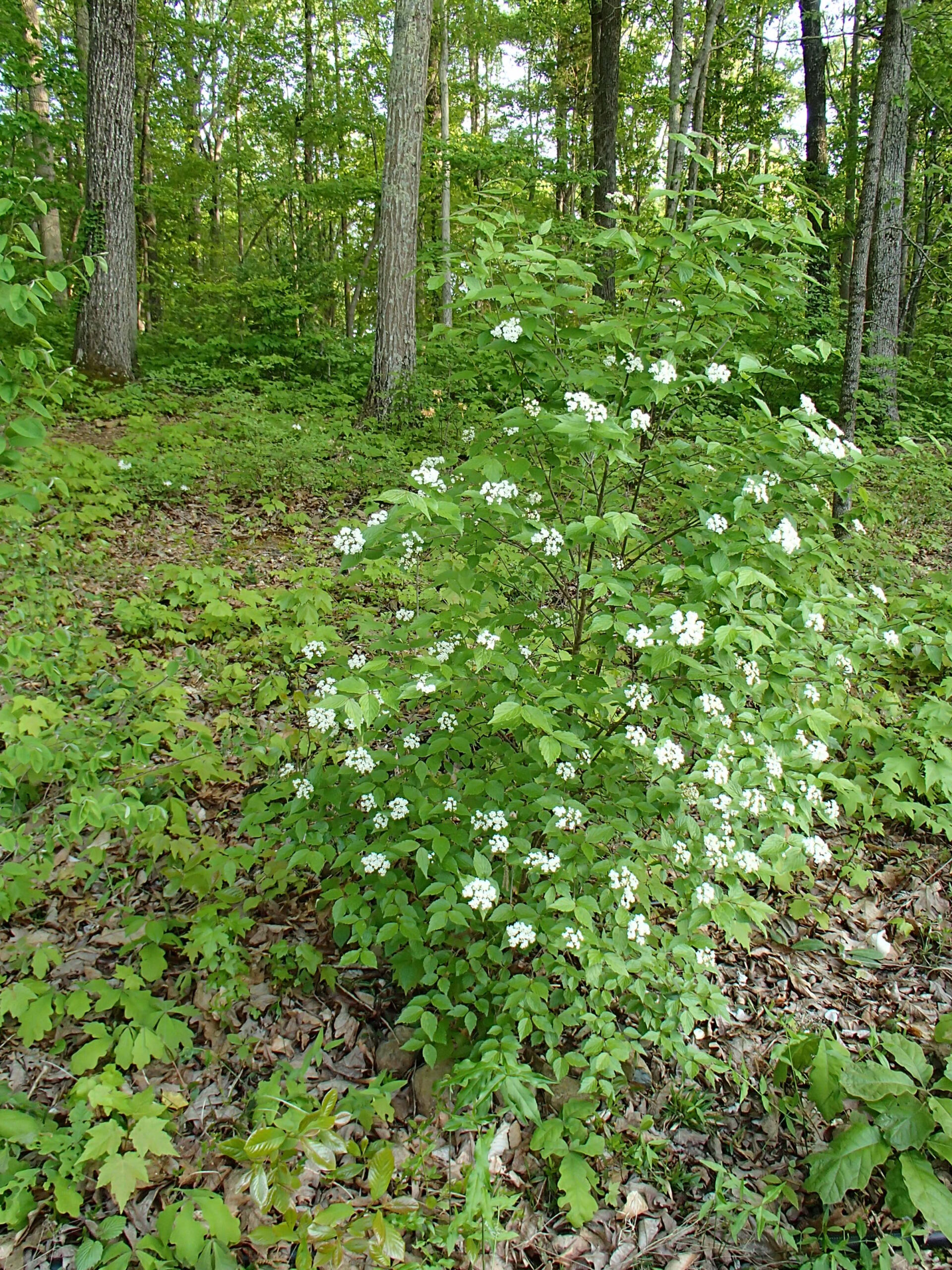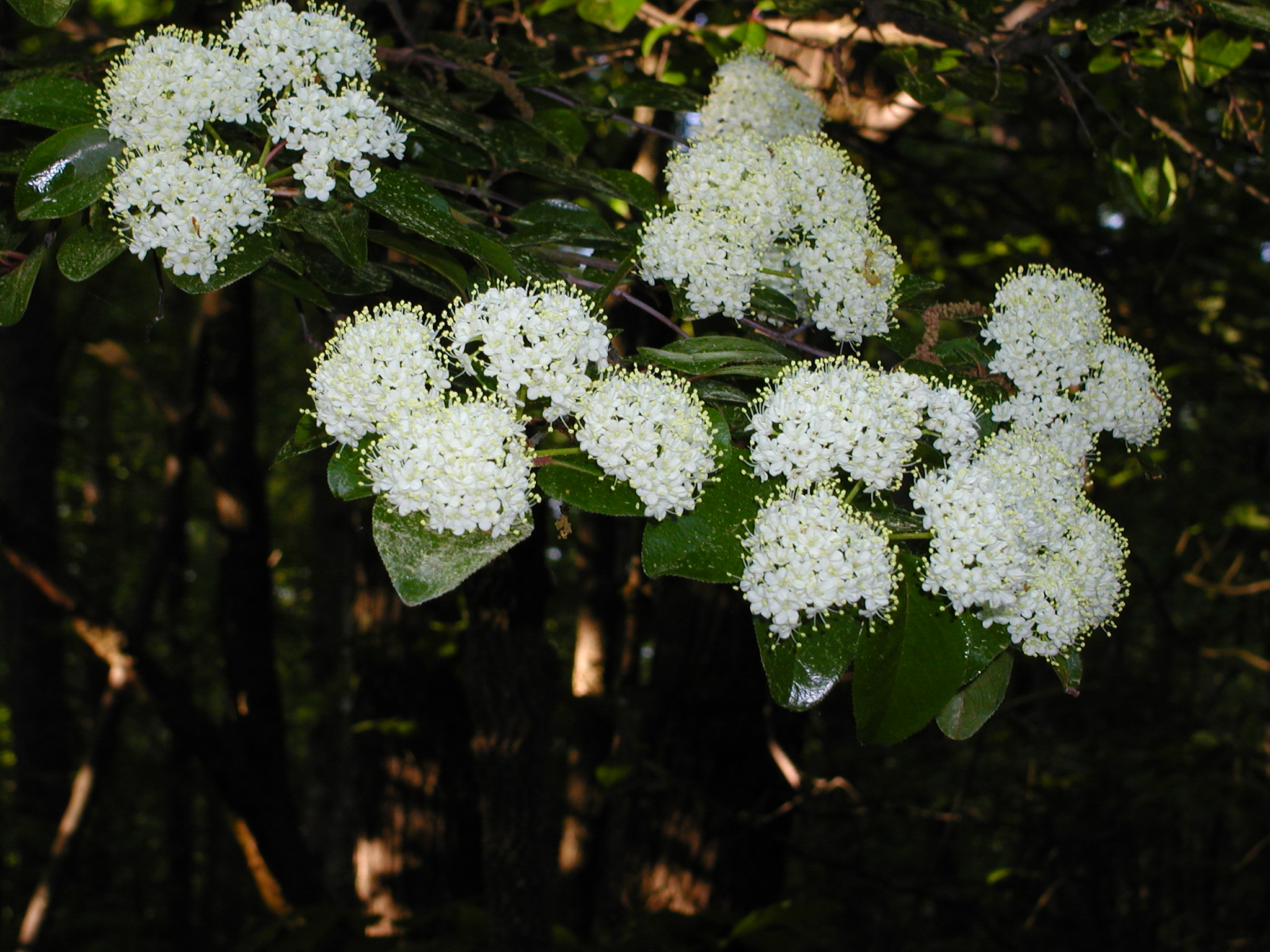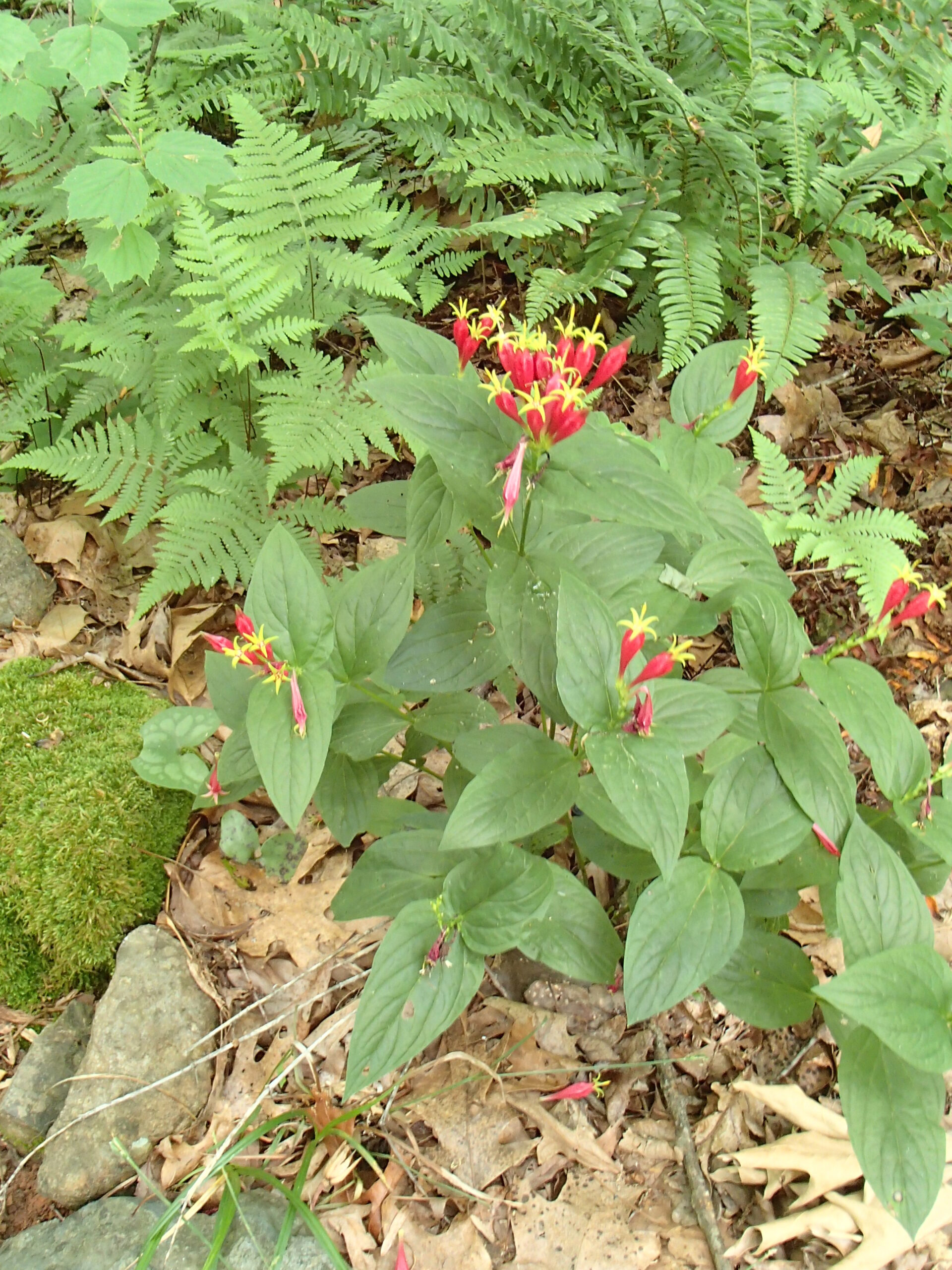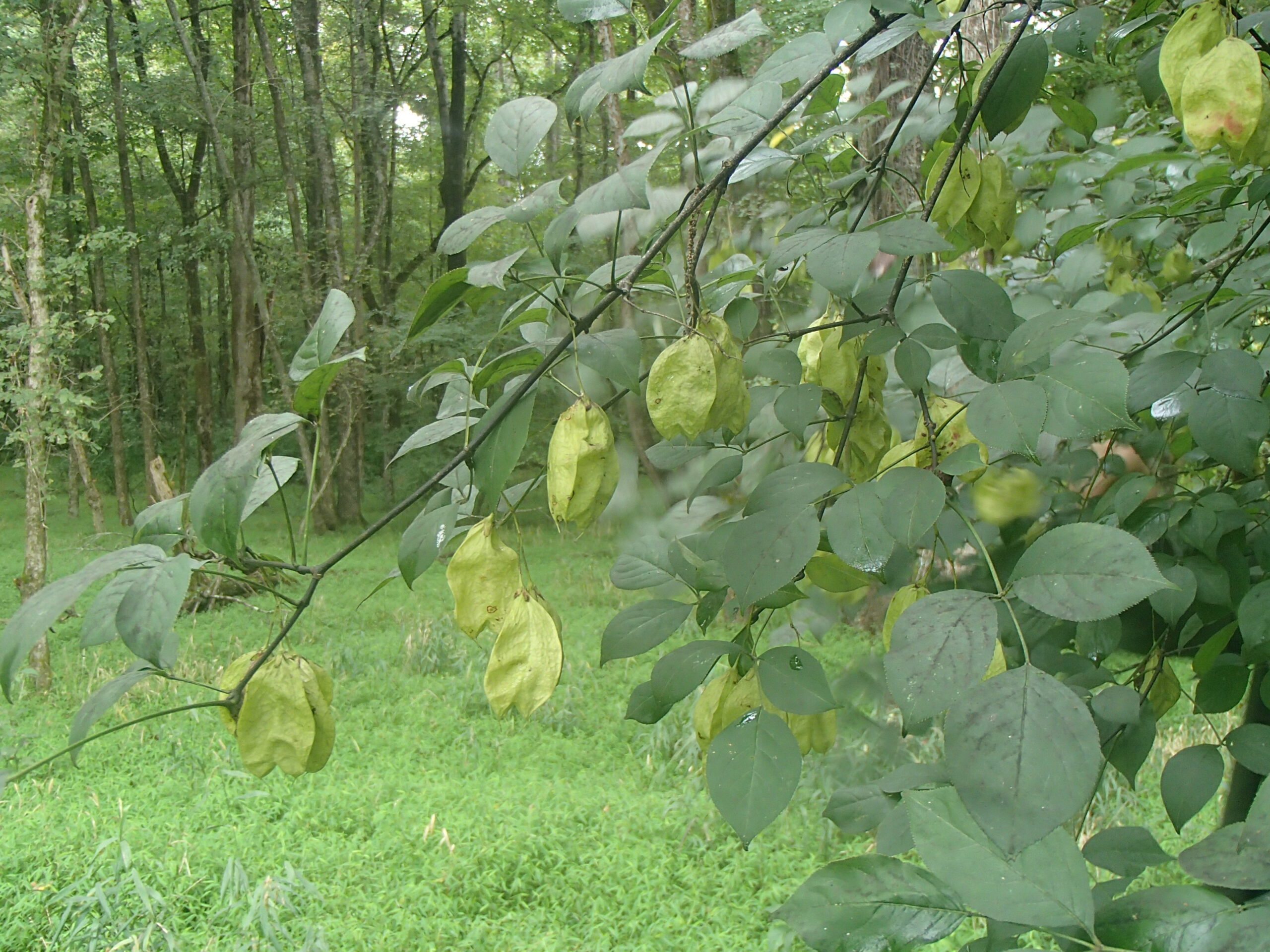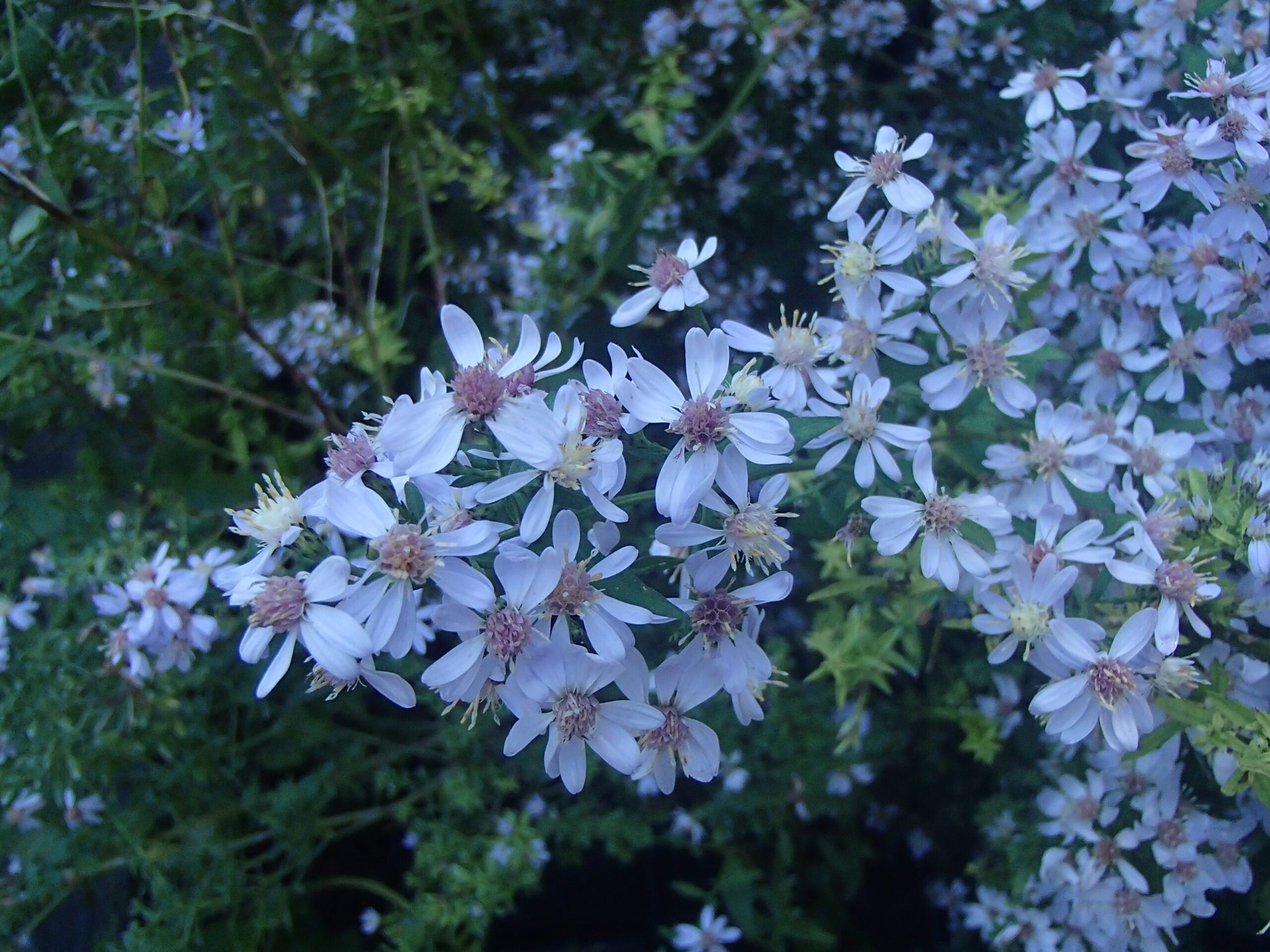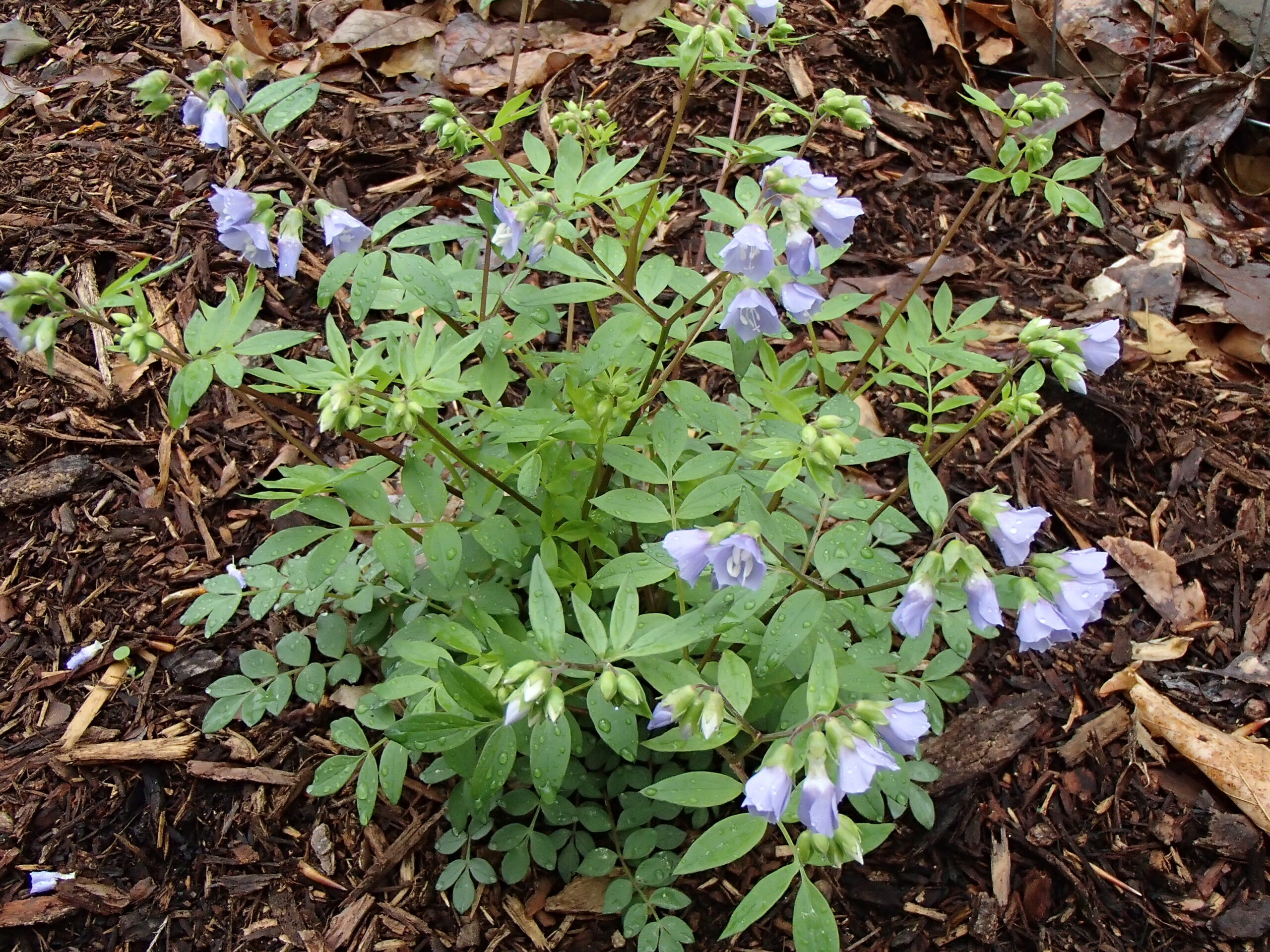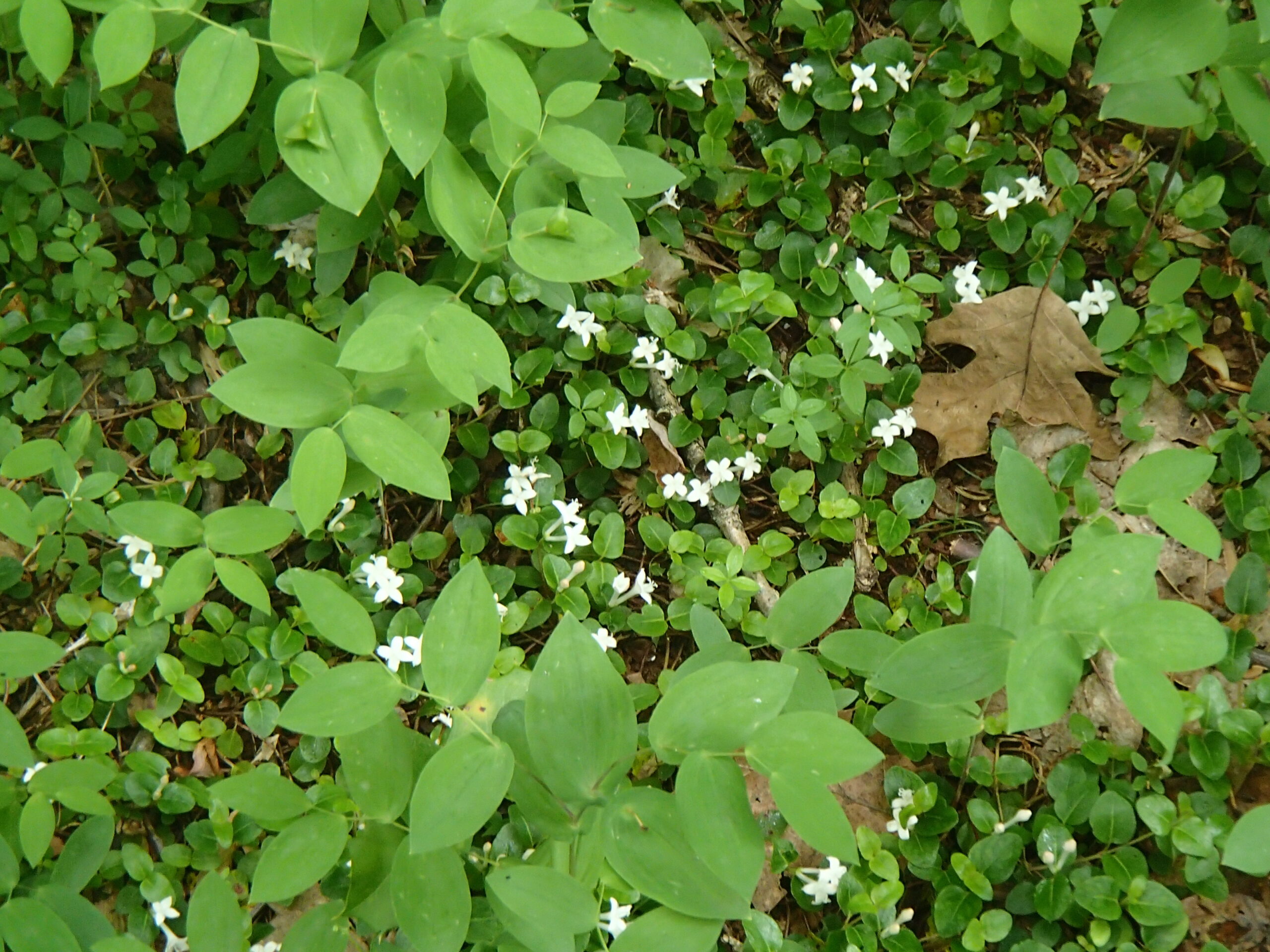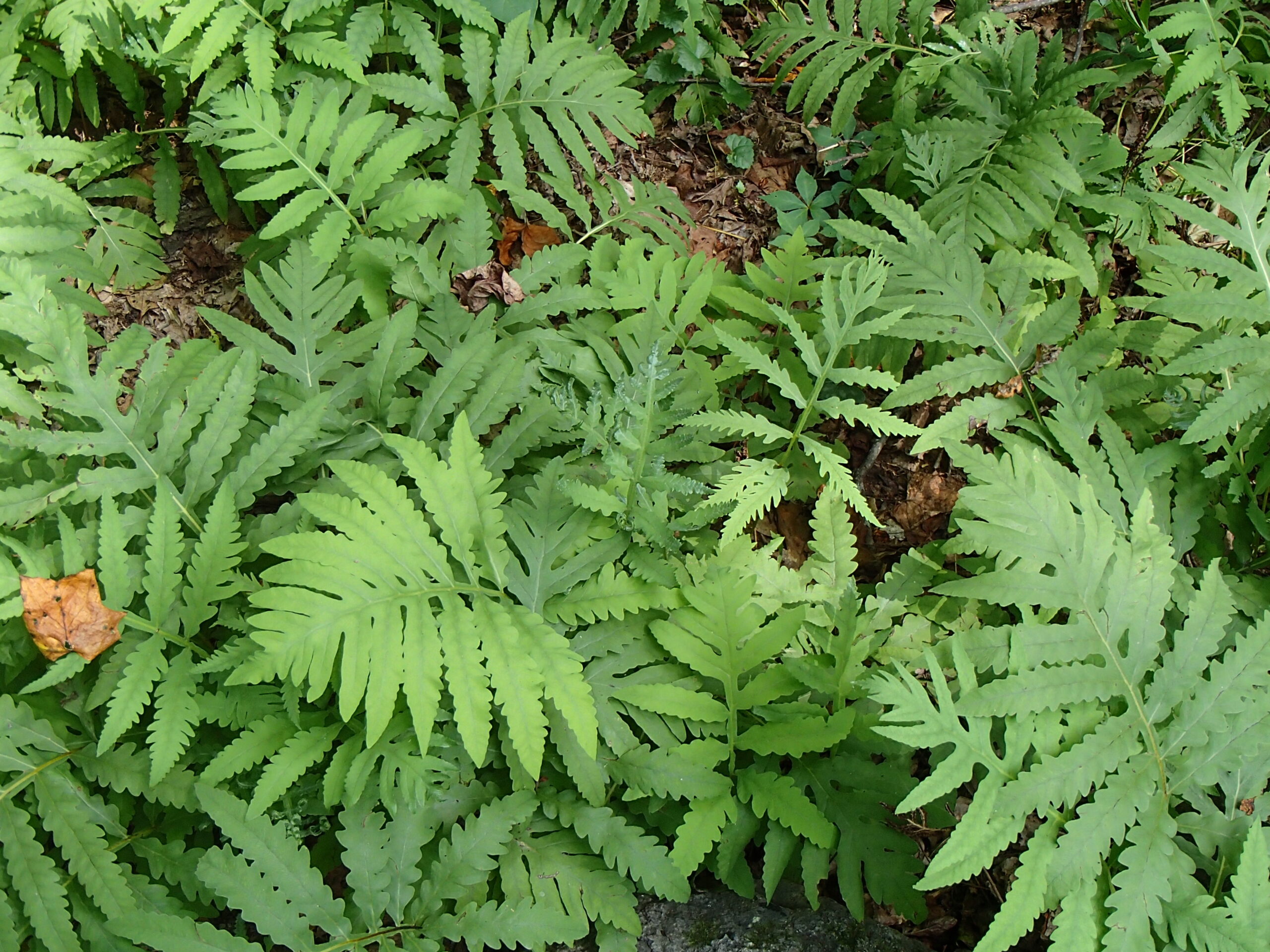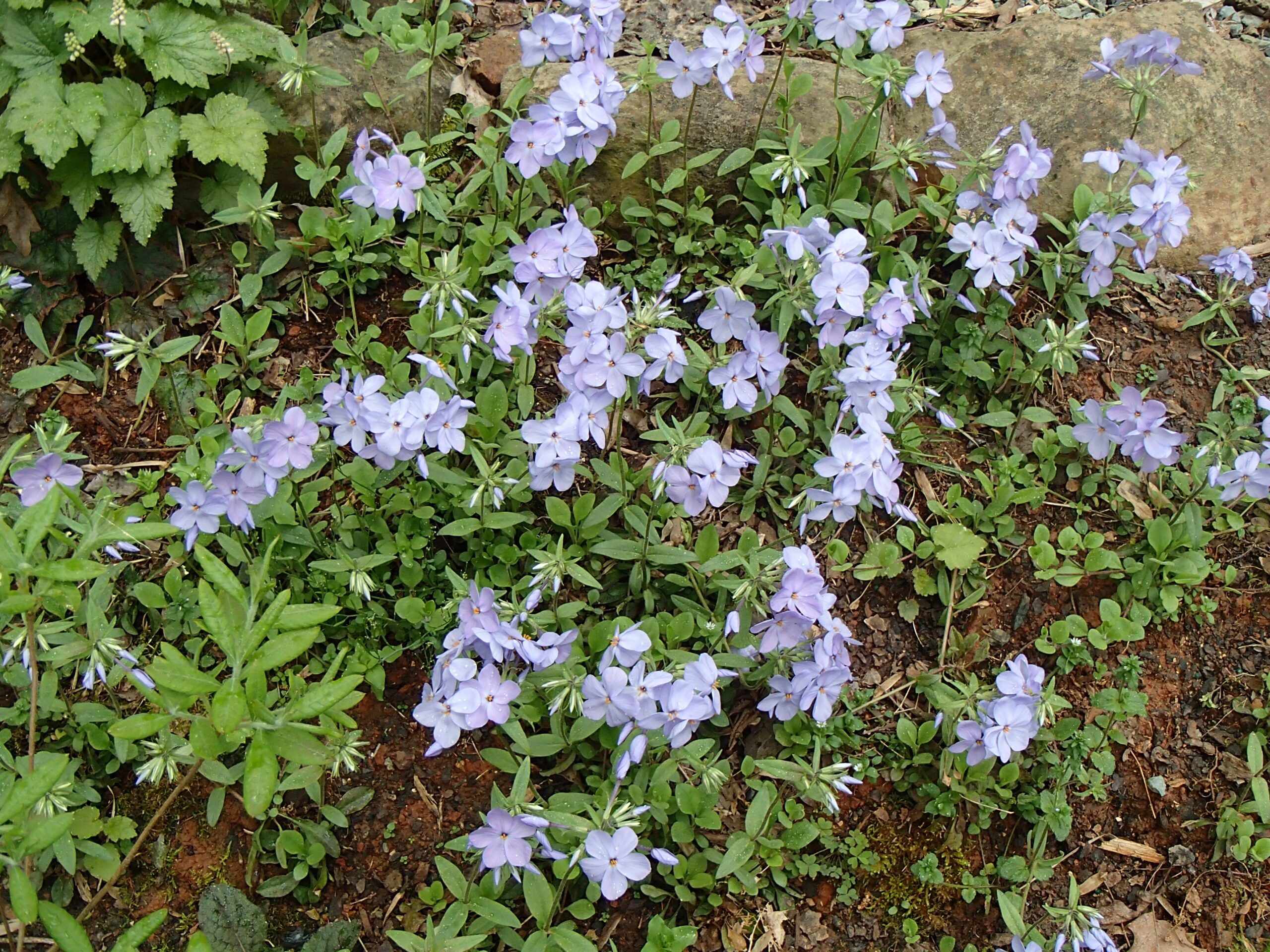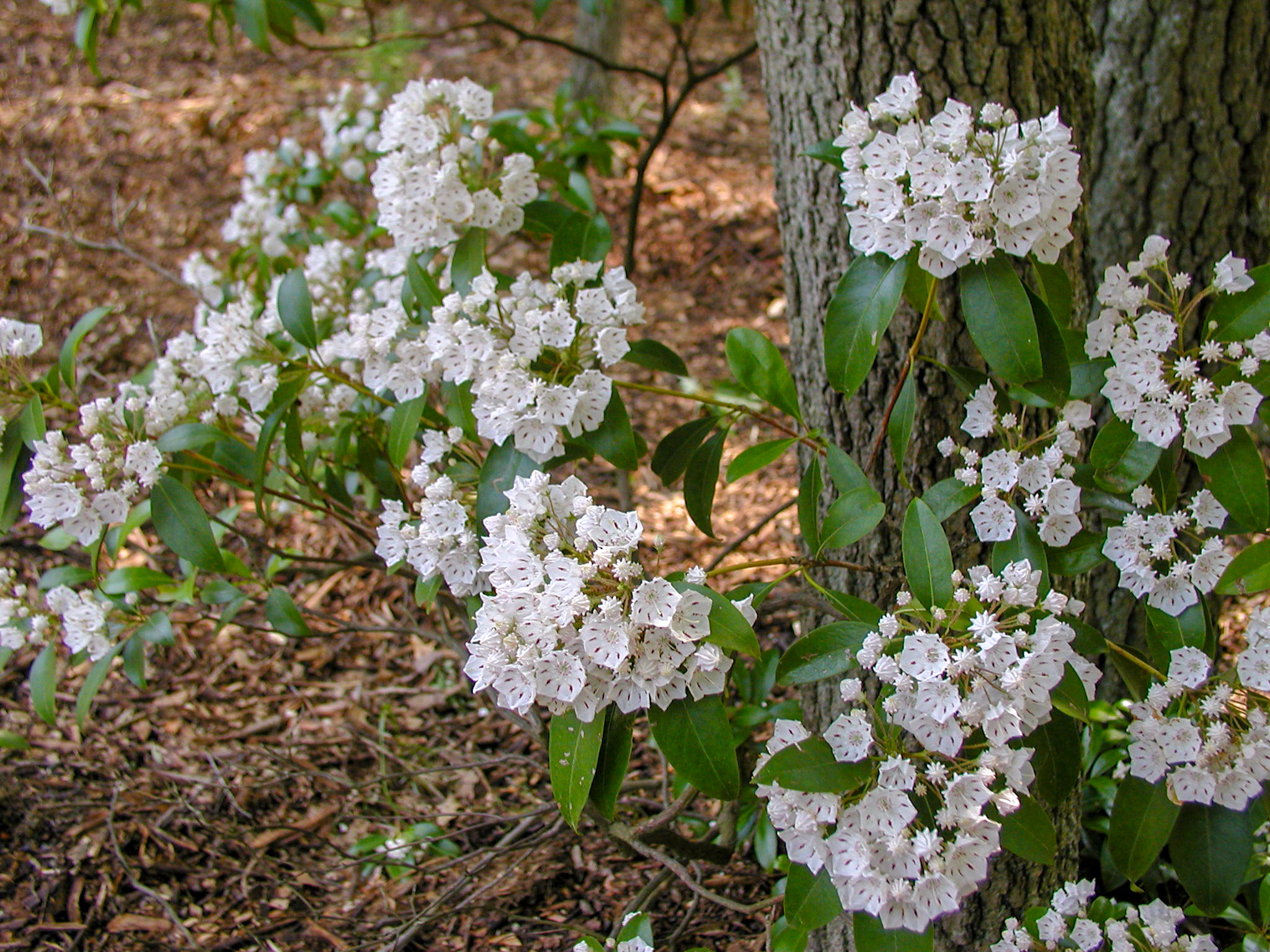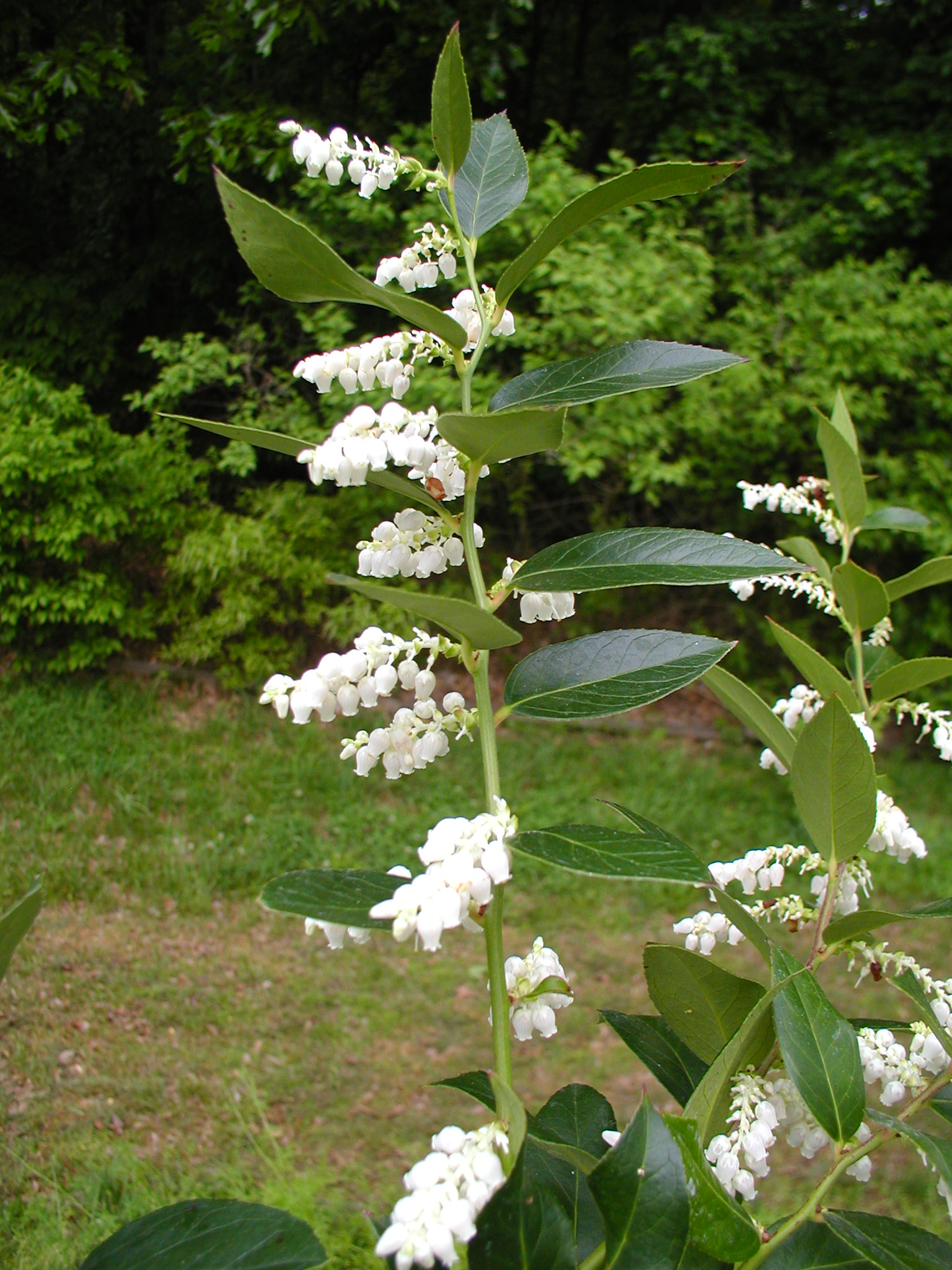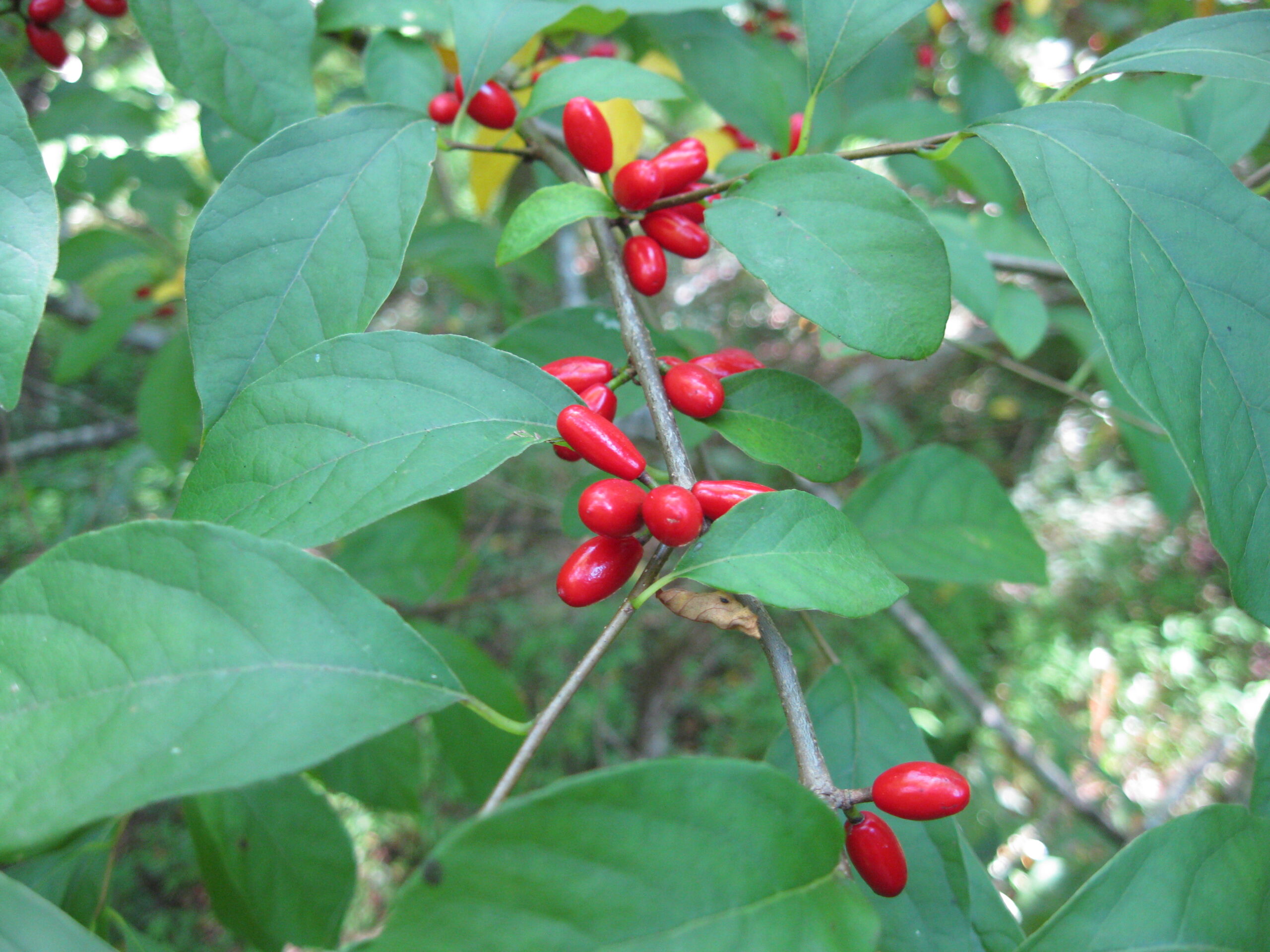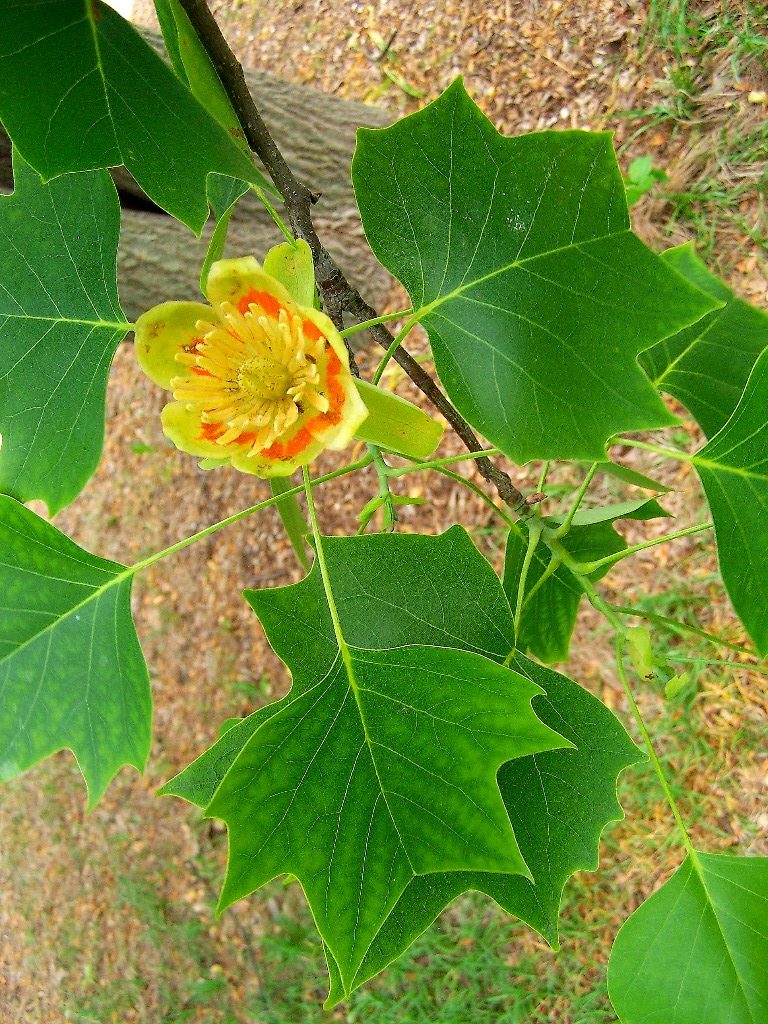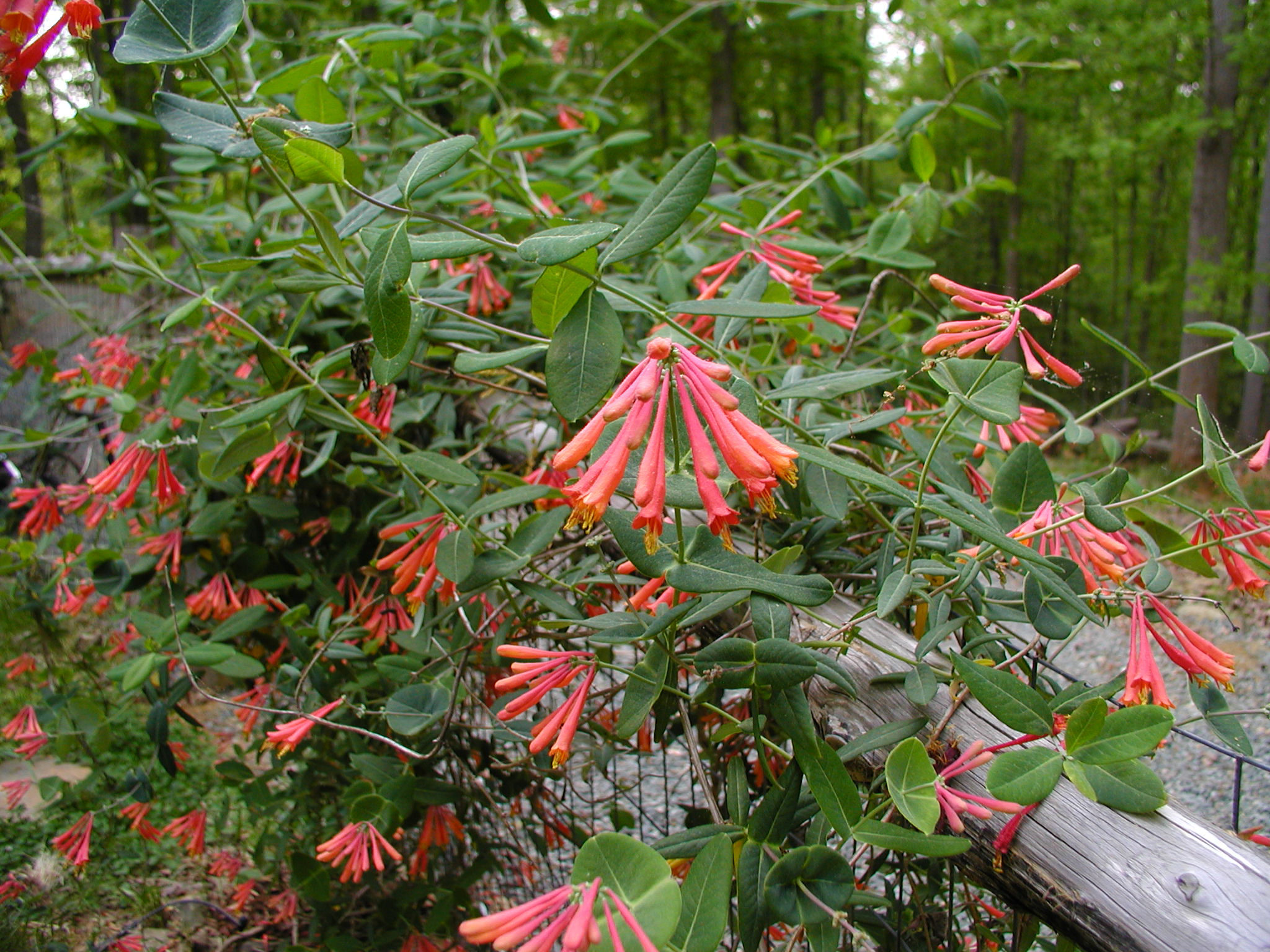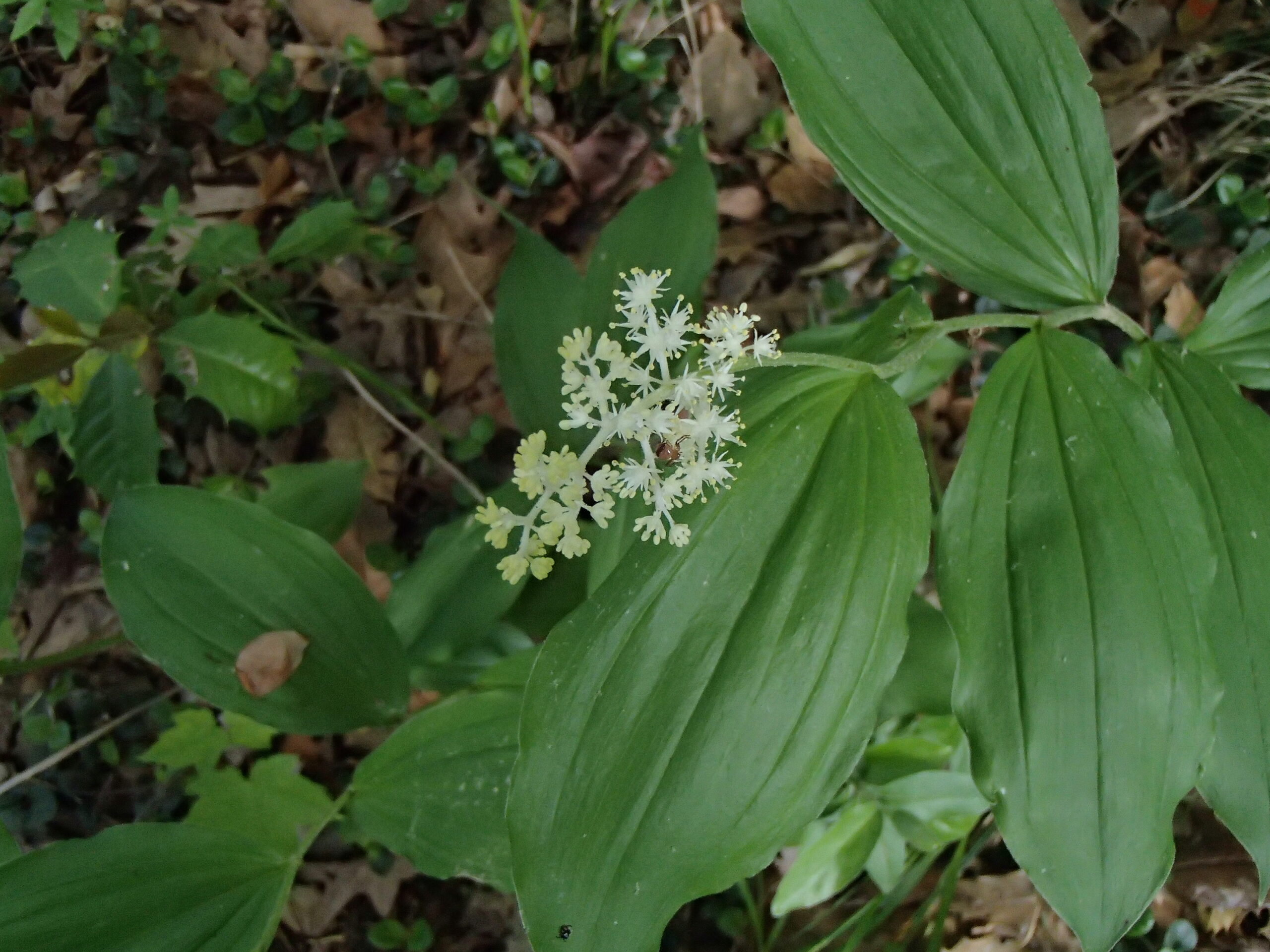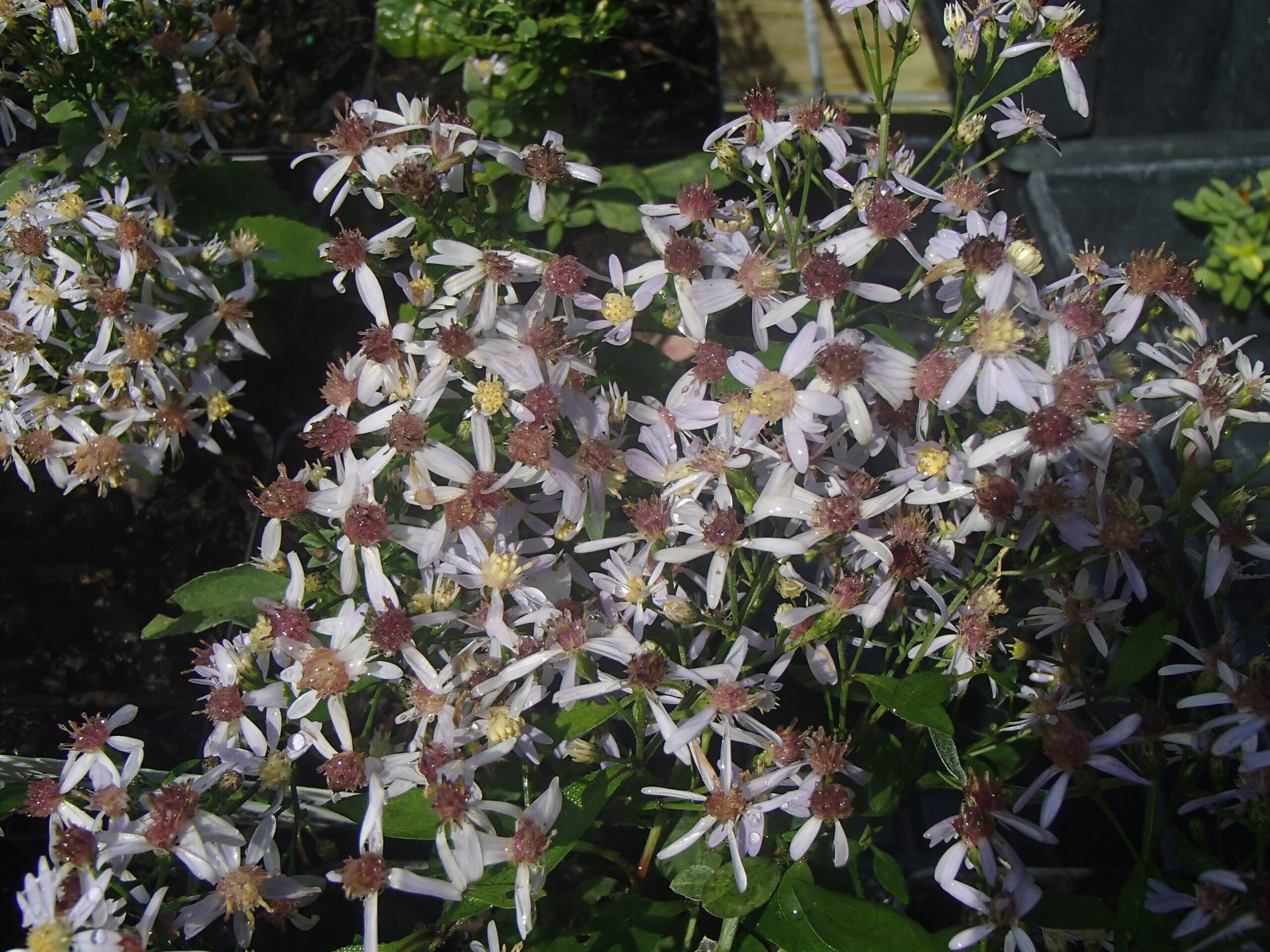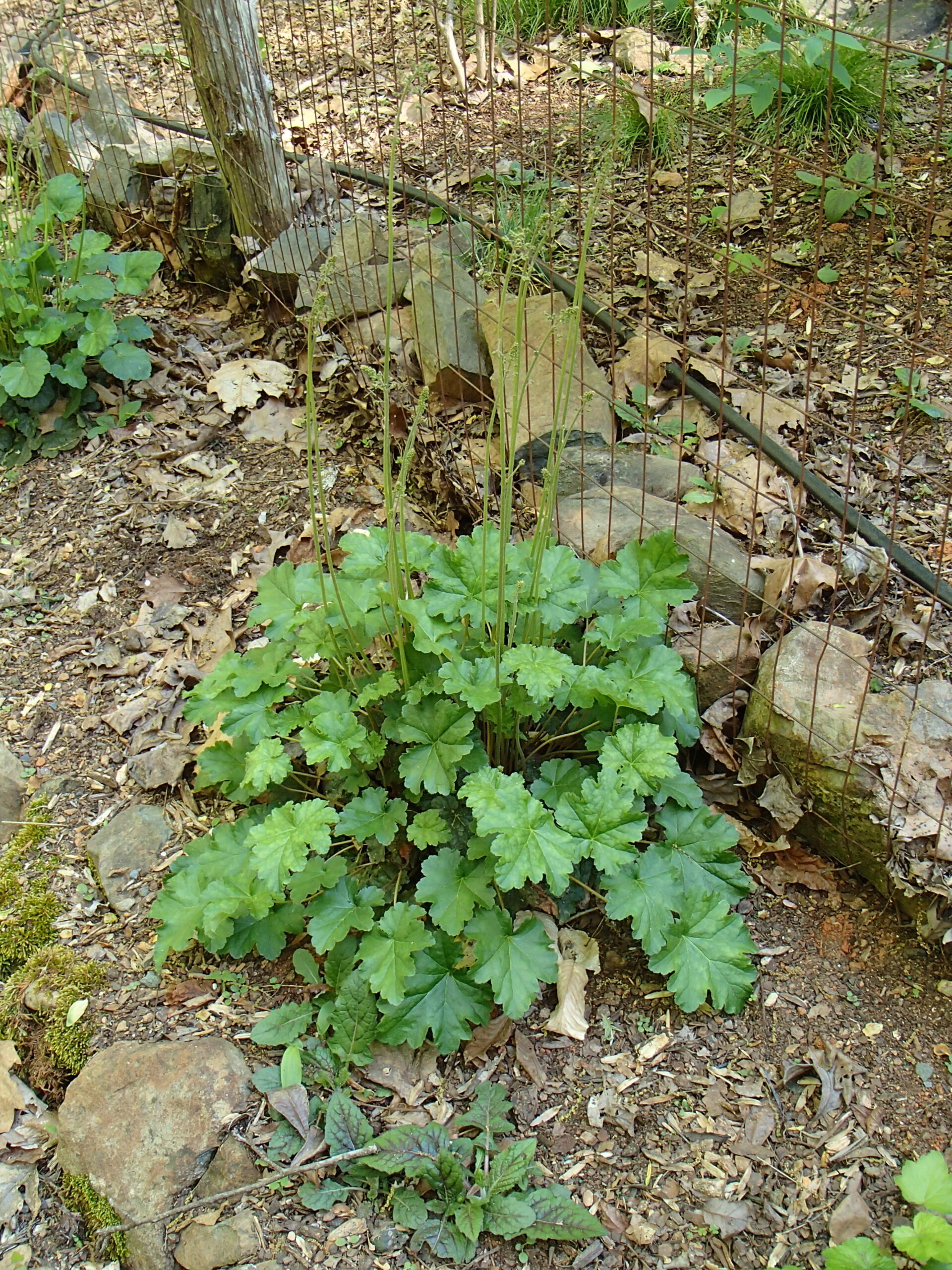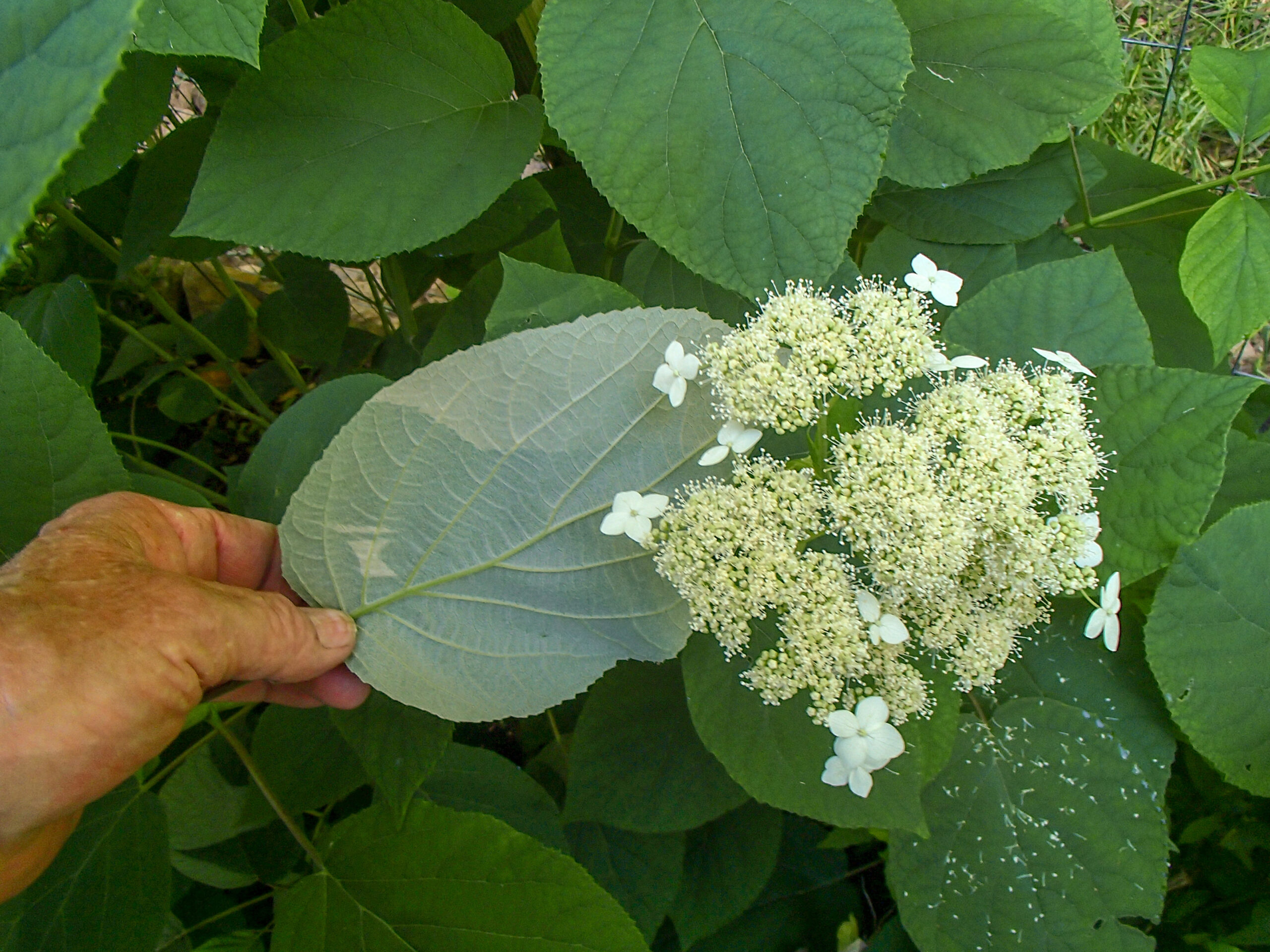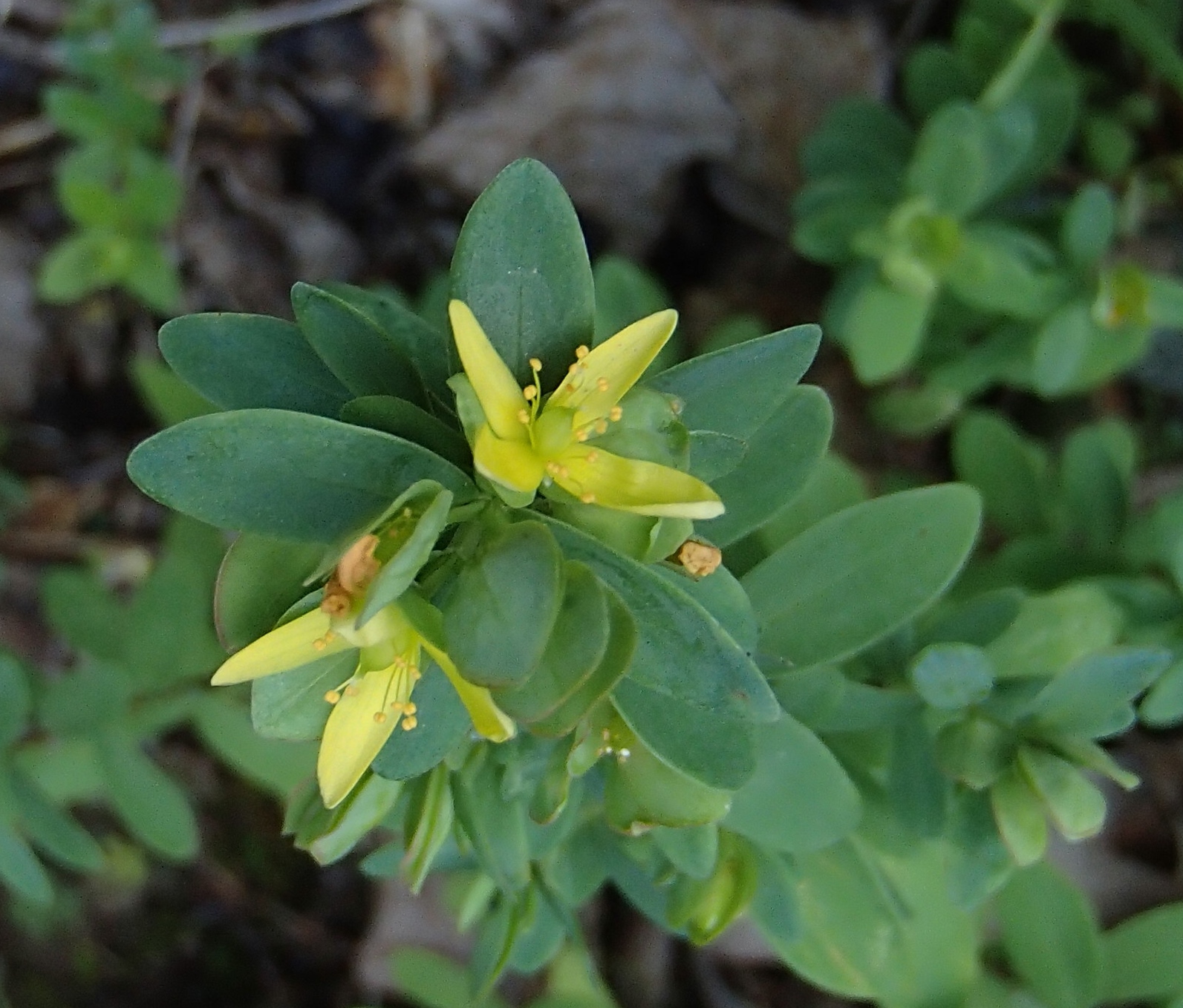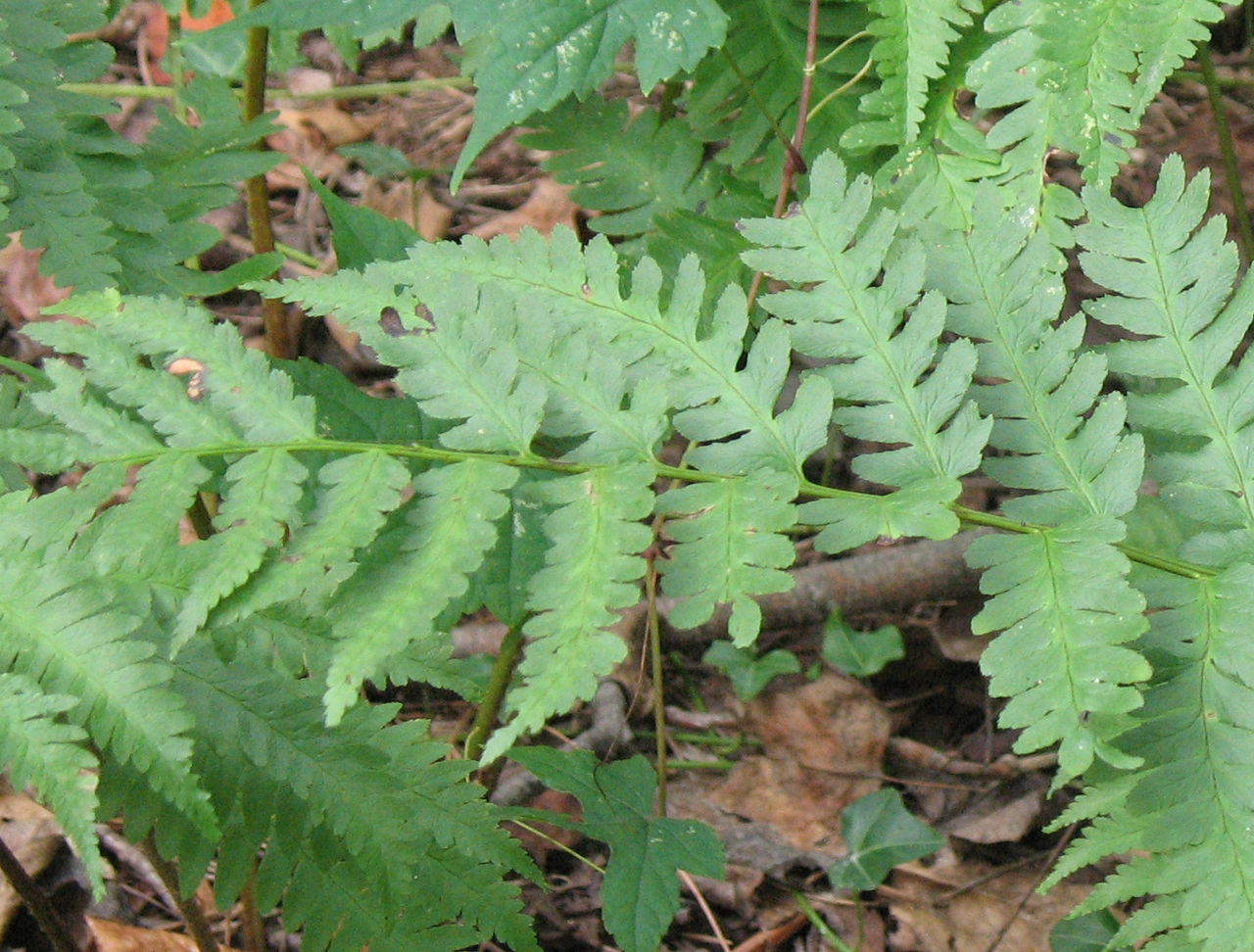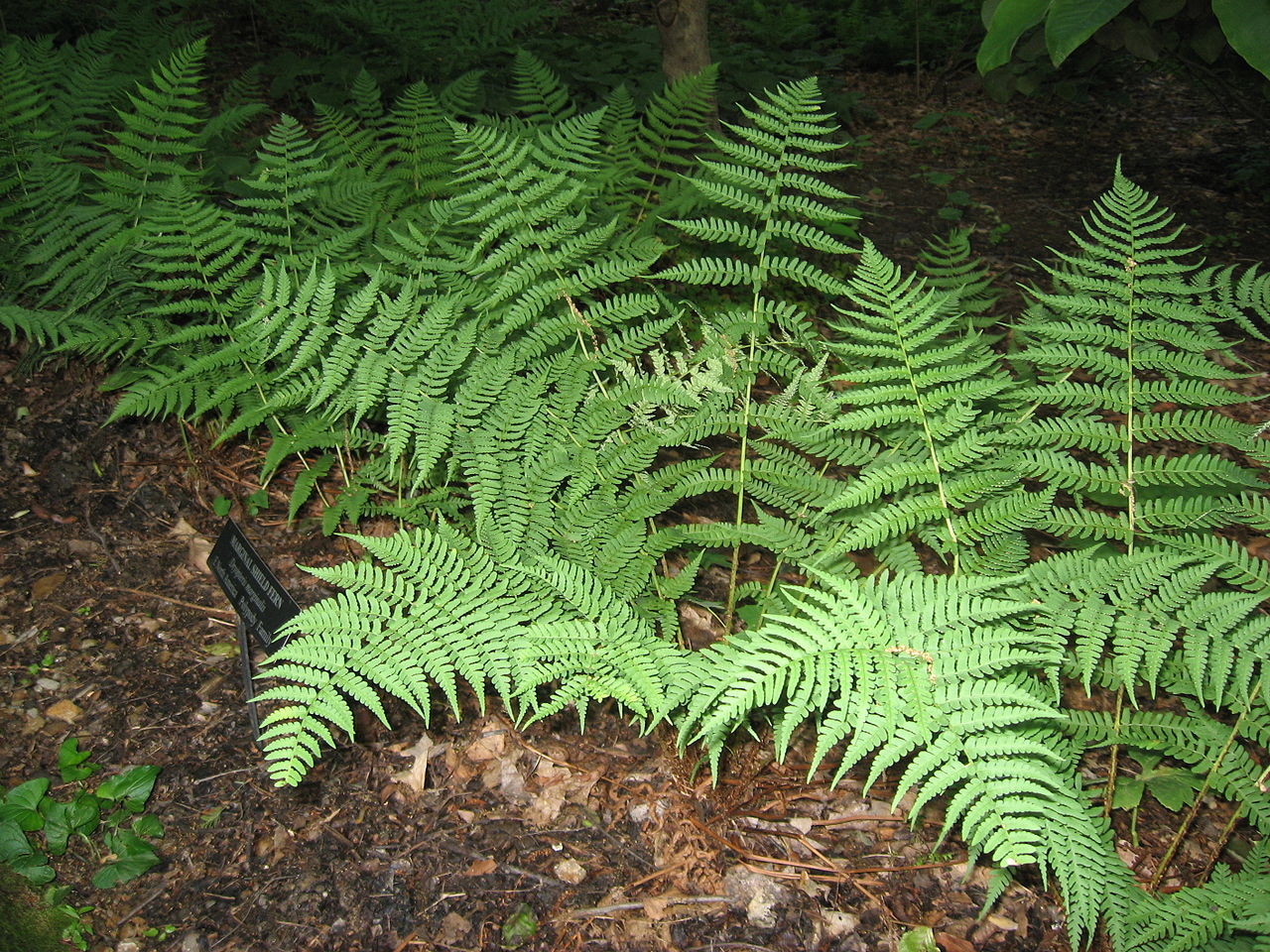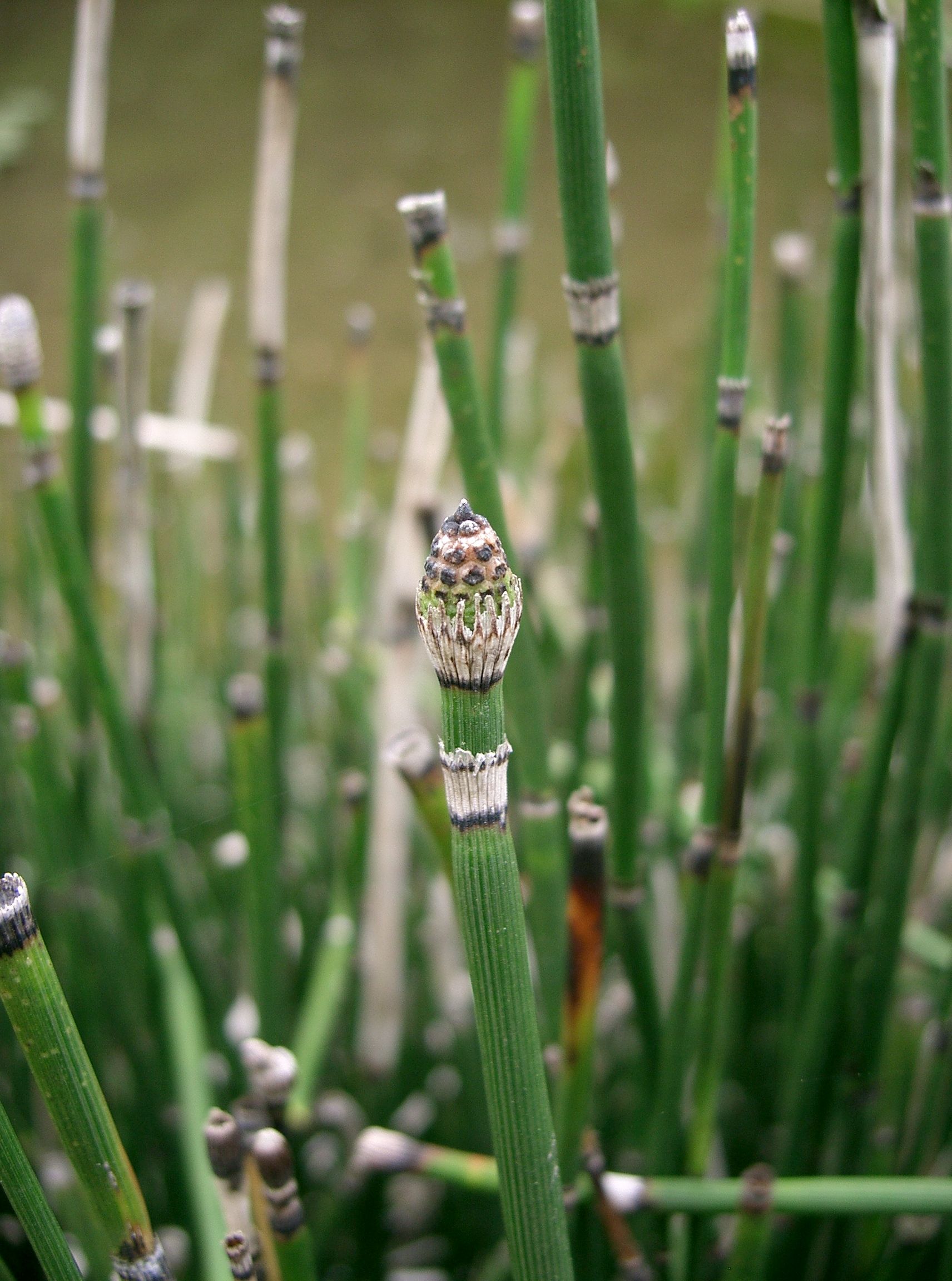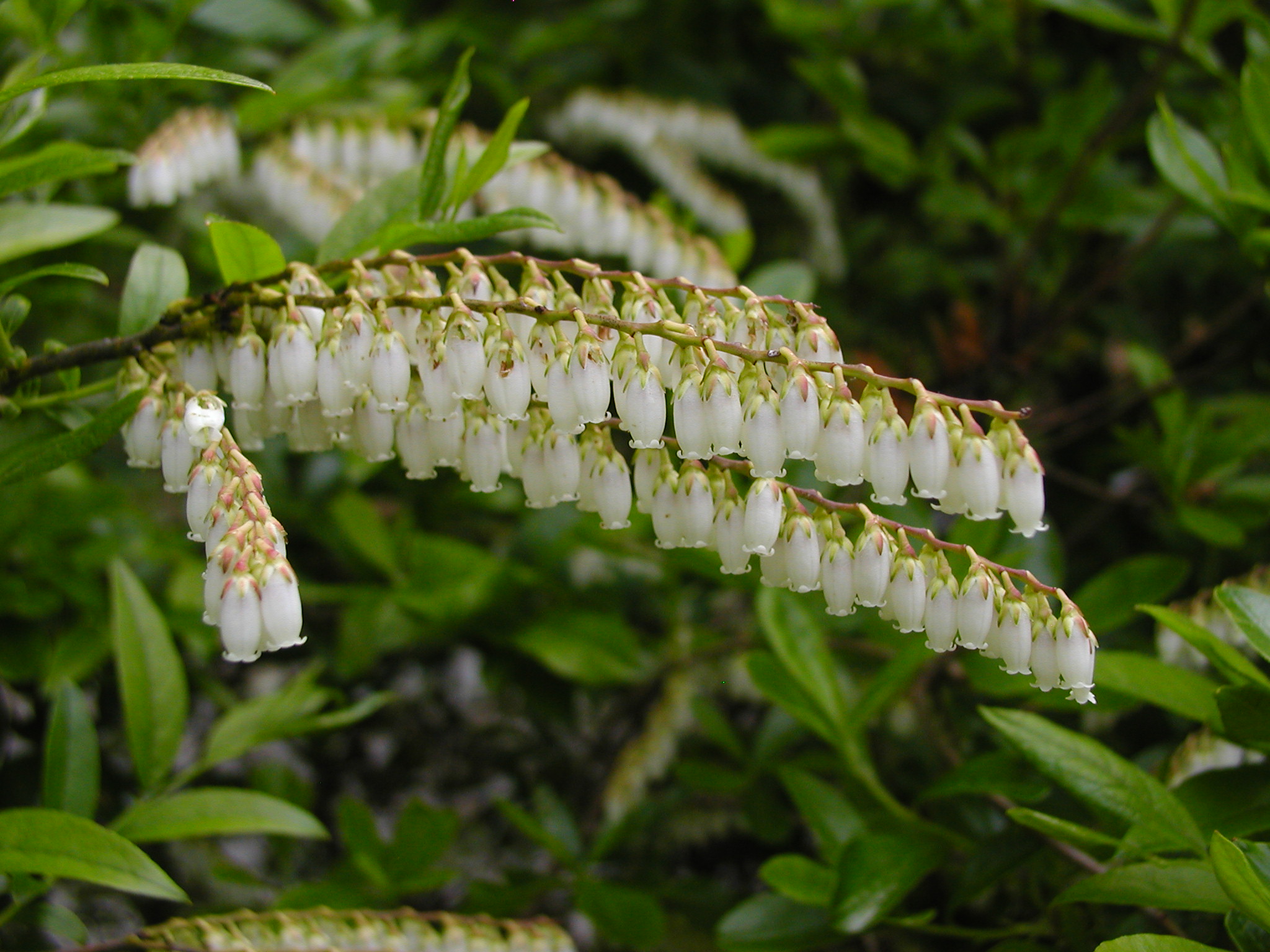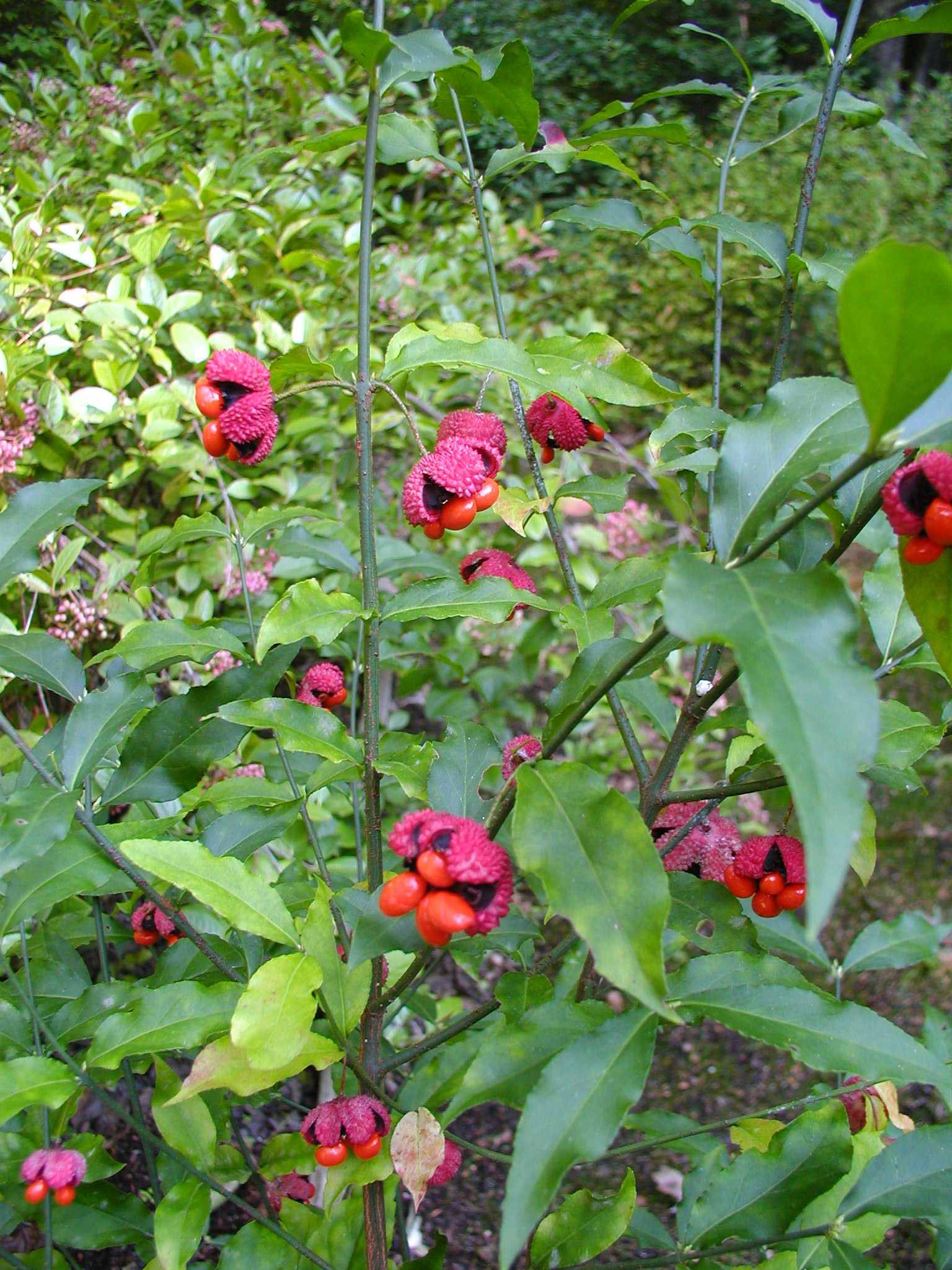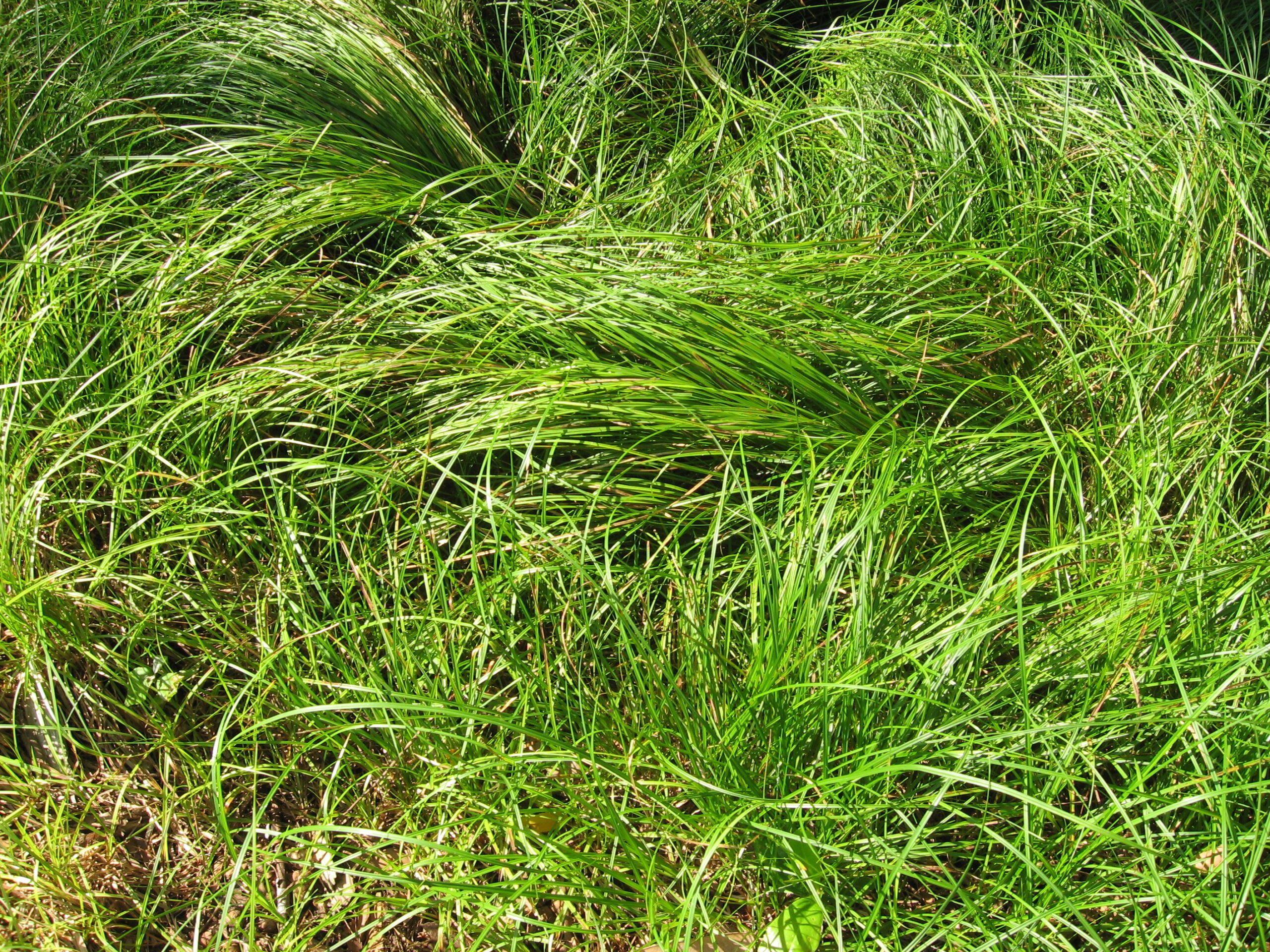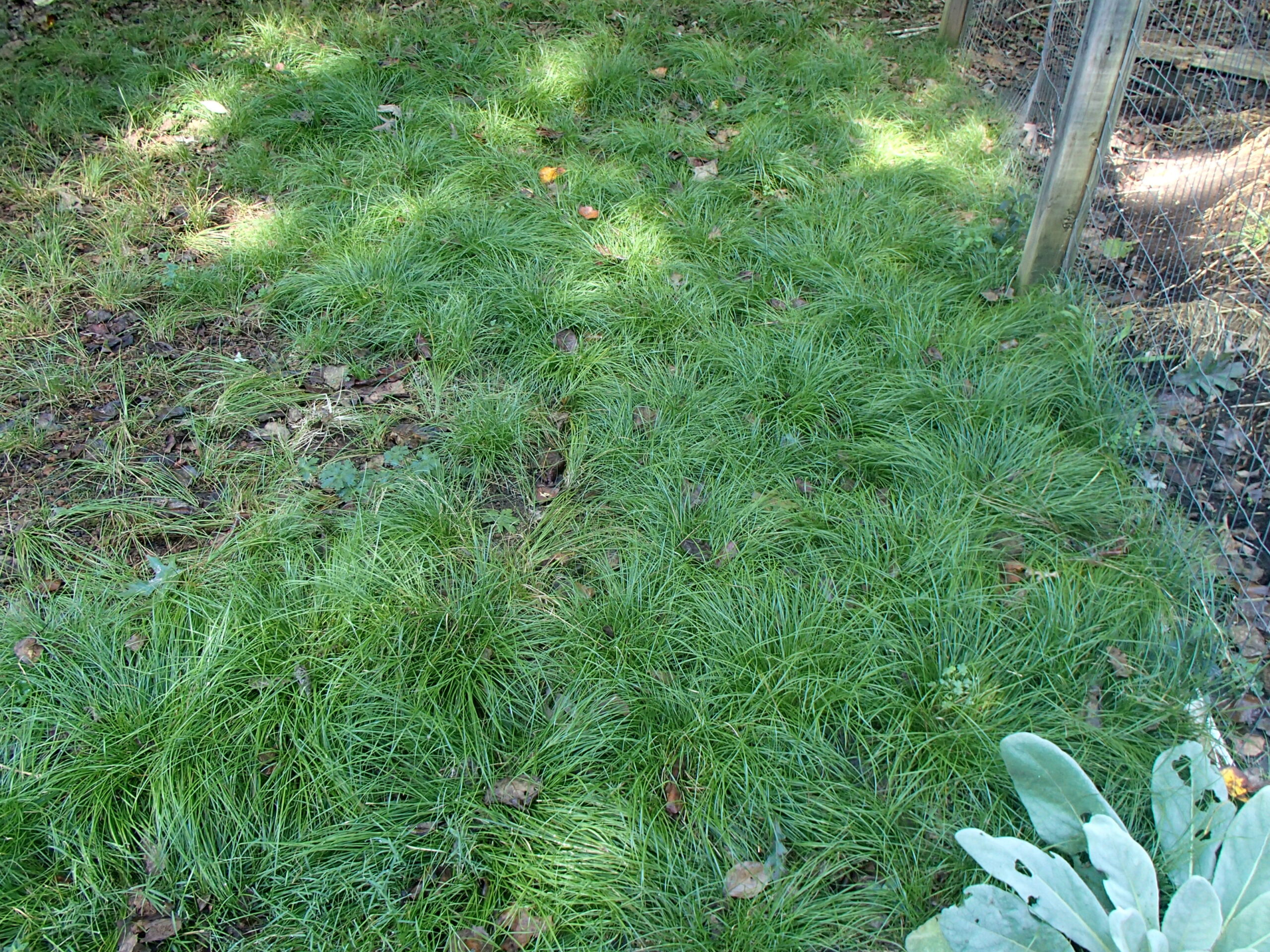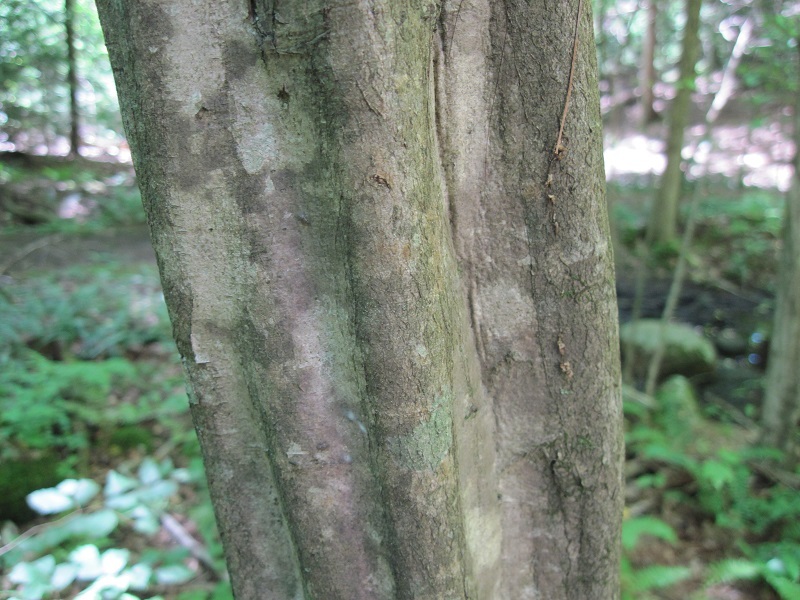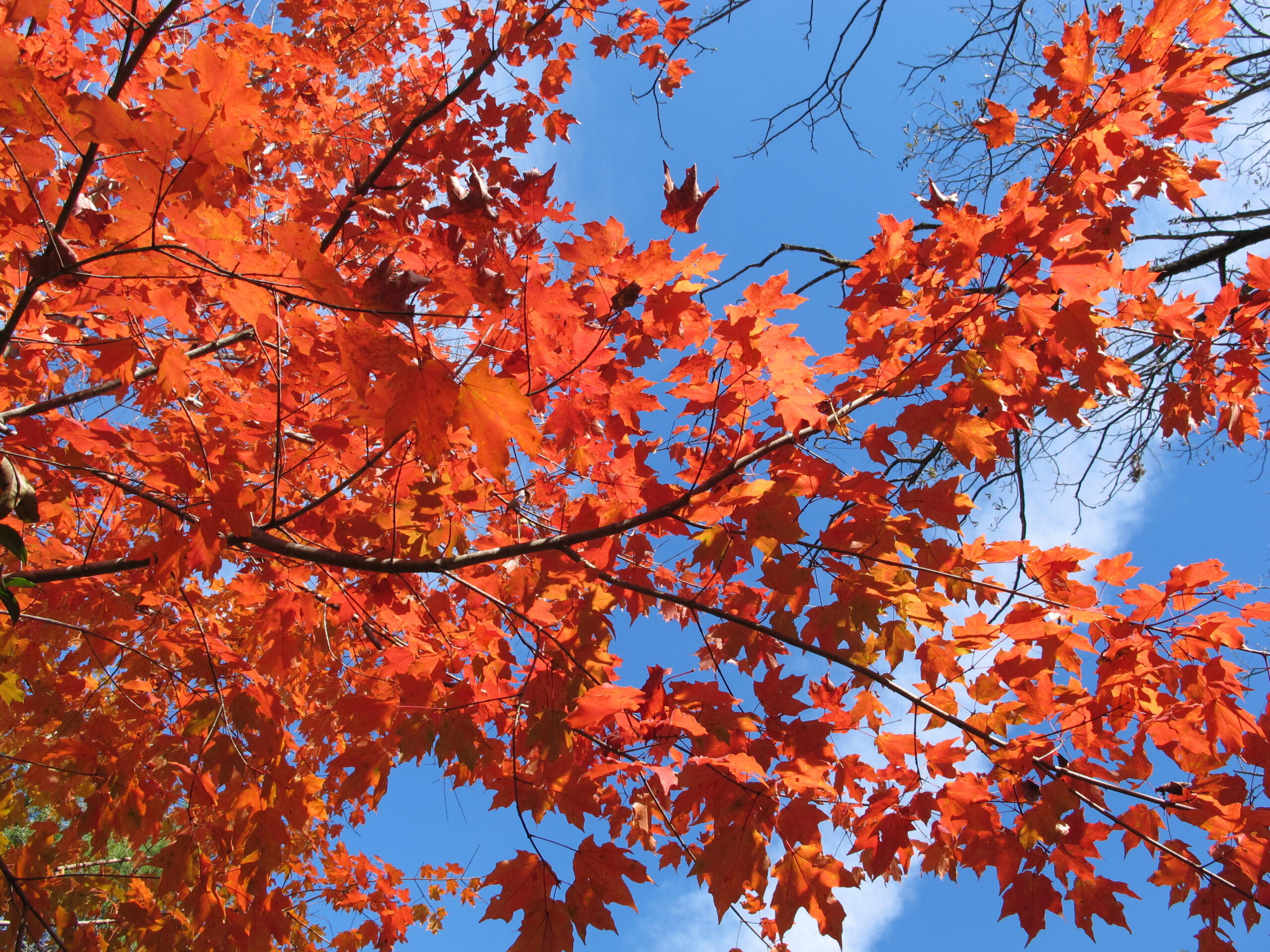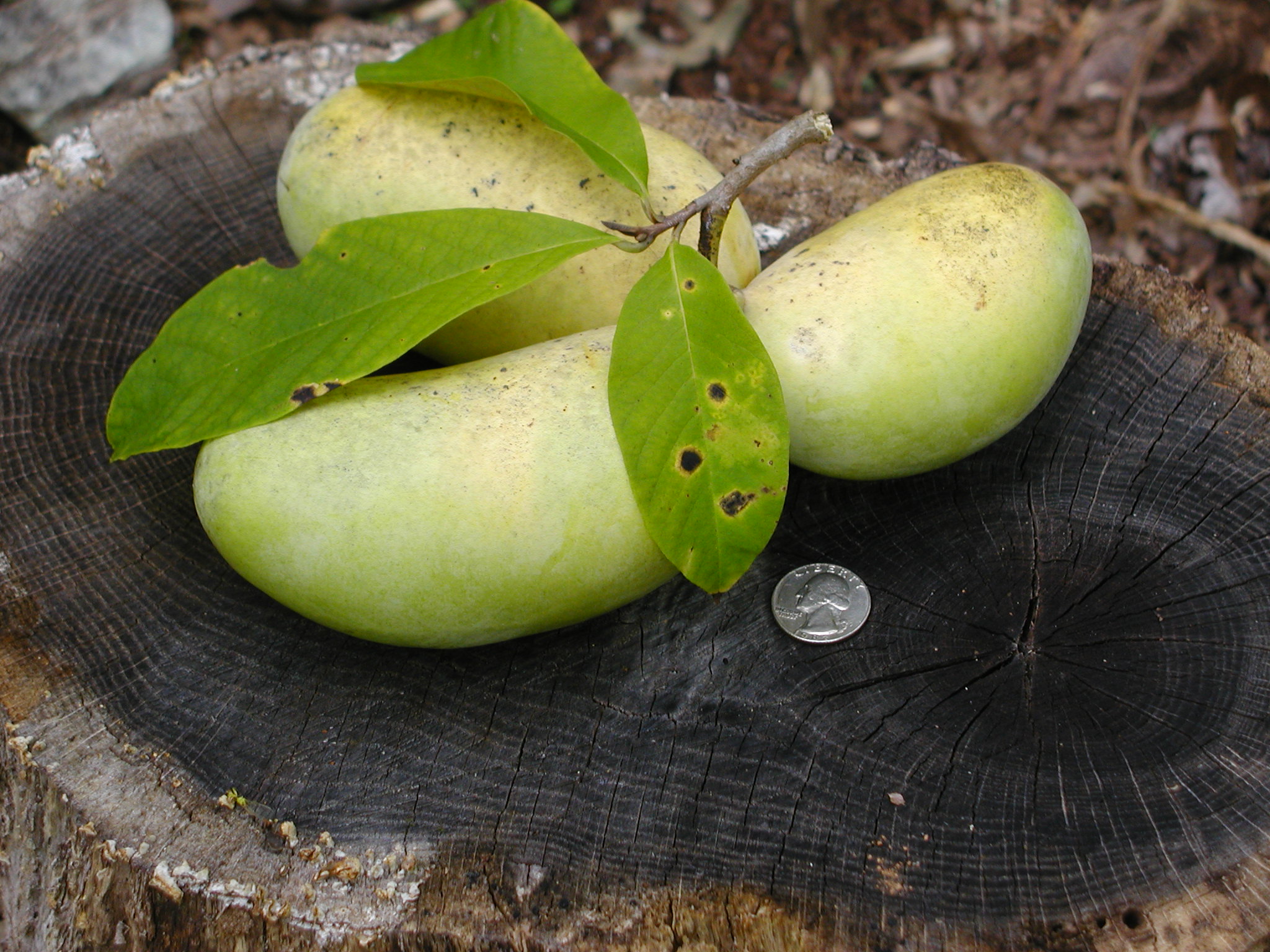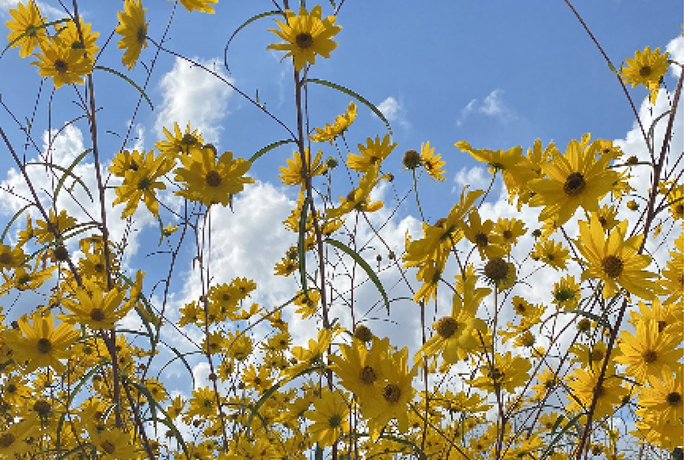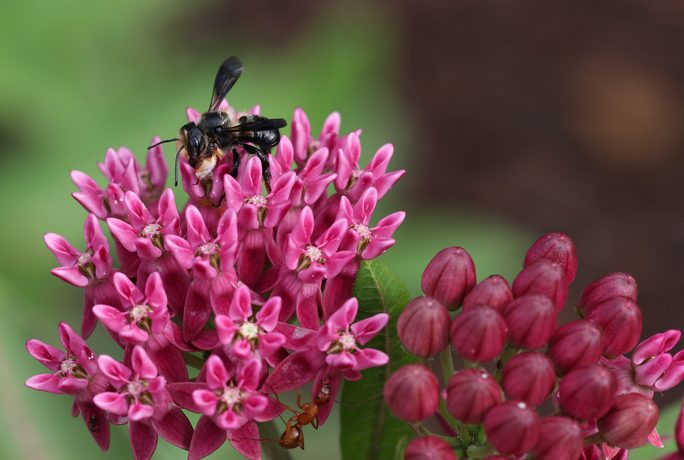NURSERY HOURS
Wednesday: 10-4 Thursday: 10-6 Friday-Saturday: 10-4 Sunday: 12-4
January 24, 2024
Carex lurida
Lurid Sedge is an evergreen perennial in the Cyperaceae family. Although evergreen, it does appear duller in the hotter months of summer. This sedge prefers full sun to part shade and likes soil that is moist to wet. Being that it prefers wetter soils, that makes it a great addition…
November 13, 2021
Packera aurea
Golden Ragwort is a very versatile flowering perennial member of the Asteraceae which we have found useful in various garden circumstances. It is native to the entire Eastern half of the U.S., and in North Carolina it is reported to occur in mountain and piedmont counties. While USDA says it occurs…
April 29, 2019
Chrysogonum australe
Green-and-Gold, of which there are several forms, is a hardy, low-growing, long-blooming herbaceous perennial found along woodland edges and clearings on the East coast from New York south to Florida and west to Louisiana. With attractive, semi-evergreen foliage, bright yellow 1.5-inch daisy-like flowers on fuzzy stalks for much of the growing…
April 29, 2019
Hamamelis virginiana
Common Witchhazel is a deciduous shrub 12-18′ tall, and sometimes taller, famous for producing its aromatic, crinkly yellow flowers as it drops its foliage in late October/early November. Seeds from the previous season are ready for dispersal at the same time, and are expelled with some force from their capsules. Witchhazel…
February 28, 2019
Viburnum acerifolium
Mapleleaf Viburnum is native to much of Eastern North America, inhabiting upland, dry woods. In NC, it is reported in mountain and piedmont counties only. It is a smaller member of the Viburnum genus, averaging only 4-6 feet tall. It suckers strongly, however, and forms colonies of sparsely branched shoots, and…
February 28, 2019
Viburnum rafinesqueanum
This Viburnum — with its showy, flat-topped or domed white flowers and opposite, toothed leaves typical of Viburnums — stands out from its cousins because in addition to being handsome, it is a well behaved, small (6-foot) shrub that plays well with others. Two of them have volunteered on our property…
February 28, 2019
Viburnum rufidulum
Rusty Blackhaw is one of our Southern woodland viburnums whose range is central and southeastern U.S. In NC it occurs mostly in piedmont and coastal plain counties. It is a deciduous, dense, showy, highly arching understory shrub or small tree. Mature height is about 18′, but can be taller if grown…
February 28, 2019
Xanthorhiza simplicissima
Xantho (yellow) rhiza (root) simplicissima (most simple, as the stems are unbranched) — what a wonderful name!! — is a very interesting, deciduous, rhizomatous subshrub native to shady, damp depressions and stream banks in wooded habitats throughout the mountains and piedmonts of our Southeastern states. It has lacy foliage to a…
February 28, 2019
Solidago odora
Sweet Goldenrod is found in open woods and savannahs in coastal states from New Hampshire south to Florida and over to east Texas, and inland as far as Missouri. (In northern Florida there is a separate subspecies, Chapmanii.) It occurs in most of the counties of NC. Sweet Goldenrod grows to…
February 28, 2019
Spigelia marilandica
This plant is not currently for sale. This is an archive page preserved for informational use. Indian Pink is a beautiful and unique herbaceous perennial which is currently enjoying great popularity among native plant gardeners. This is a good thing as North Carolina lists it as Endangered and Natureserve lists it…
February 28, 2019
Staphylea trifolia
American Bladdernut is an interesting understory shrub or small tree found in sometimes large colonies in Piedmont bottomlands and woodland thickets from the eastern mountains and piedmont into the midwest as far as Kansas and Oklahoma. It is not difficult to identify: Bladdernut typically grows 10-15′ tall, with opposite, trifoliate leaves,…
February 28, 2019
Symphyotrichum cordifolium
The common Blue Wood Aster (of which ‘Avondale’ is a cultivar) is an herbaceous perennial native to a huge swath of north-central-eastern North America, and the counties in NC where it is reported represent the southeastern tip of its range. Found in dry to moist (well drained) deciduous woodlands and woodland…
February 28, 2019
Tiarella cordifolia collina
Foamflower is a beautiful, clumping flowering perennial with immense versatility for shady gardens, featuring racemes of starry florets with a “foamy” effect above foot-tall mounds of attractive basal foliage. The leaf shape may vary from almost heart-shaped to deeply lobed with pronounced venation, and the leaf veins are often tinged with…
February 28, 2019
Tiarella cordifolia cordifolia
Foamflower is a beautiful, clumping flowering perennial with immense versatility for shady gardens, featuring racemes of starry florets with a “foamy” effect above foot-tall mounds of attractive basal foliage. The leaf shape may vary from almost heart-shaped to deeply lobed with pronounced venation, and the leaf veins are often tinged with…
February 28, 2019
Vaccinium arboreum
This plant is not currently for sale. This is an archive page preserved for informational use. Sparkleberry or (Farkleberry) is an attractive, tough, underused woodland shrub usually eight to ten feet in height, though occasuinally it takes on a tree form. It is found in dry woods and open forests from…
September 17, 2018
Polemonium reptans
Jacob’s Ladder is a sweet herbaceous perennial wildflower not common in N.C. (only in 2 counties), but native to rich, moist woodlands in much of Eastern North America. The flowers are a dainty, bright shot of blue on 1 -1.5 foot high spray of foliage in a spring garden. From April…
September 17, 2018
Mitchella repens
Partridgeberry is a beautiful, trailing, evergreen, mat-forming woody vine, no taller than two inches, reported in all states of eastern North America, and thriving in our piedmont Oak Hickory forest understory. Its leaves are rounded, paired, rich dark green with white markings, 1/2 to 3/4-inch long. Its tiny white, fragrant, tubular…
September 17, 2018
Onoclea sensibilis
Sensitive Fern is a very handsome, very vigorous, running deciduous perennial fern. It is “sensitive” only to the first frost in the late fall, and perhaps to drought — but very hardy otherwise! It is widely reported to be two- to three-foot tall and taller in wet soil, but we have…
September 17, 2018
Osmundastrum cinnamomeum
Cinnamon Fern is an ancient, widespread and handsome fern native to North and South America as well as to Asia. It is found in swamps and moist woodlands as well as in upland gardens, in acidic soils from wet to moist/well drained. The fiddleheads of the fertile fronds, covered with cinnamon-colored…
September 17, 2018
Pachysandra procumbens
This plant is not currently for sale. This is an archive page preserved for informational use. Allegheny or Mountain Spurge is a short, shrubby ground cover which barely reaches a foot tall. Grown in dappled sun to full shade, it spreads by rhizomes to form a carpet of semi-toothed, crisp blue-green…
September 17, 2018
Phlox stolonifera ‘Sherwood Purple’
Phlox stolonifera, or Creeping Phlox, is a low-growing Phlox found in rich deciduous woodlands, along stream banks and shaded rocky slopes mostly in the Appalachian Mountains from Pennsylvania to Georgia. Unlike the other ground-hugging Phloxes, therefore (which hale from more xeric locales), this one thrives in shady and semi-shady niches on…
September 17, 2018
Kalmia latifolia L.
Many people know Mountain Laurel as a stunning native shrub which is a spectacular sight in our mountains in May and June, but many don’t realize that it also grows in rocky floodplains of our rivers in the piedmont. Since we collect our seed from natural stands on the Haw River,…
September 17, 2018
Leucothoe axillaris
Doghobble is a graceful, informal, evergreen shrub common in the Atlantic and Gulf coastal plain which shows off best when planted in mass. Stoloniferous, it is naturally found in drifts or colonies along banks of creeks or shady ditches and woodlines. Doghobble’s arching form reaches 3-4 feet or 4-6 feet (reports…
September 17, 2018
Lindera benzoin
Spicebush is a shrubby tree — five to ten feet-tall (and often wider than tall) — which has a great many attributes, beginning with its wonderfully spicy-citrusy aromatic foliage. The blooming period for Spicebush occurs during the mid-spring and lasts about 2 weeks. The males (yes, it is dioecious) have showier,…
September 17, 2018
Liriodendron tulipifera
This plant is not currently for sale. This is an archive page preserved for informational use. Tulip Poplar is a superbly shaped deciduous canopy tree, one of the tallest of the eastern hardwoods. Individuals have reached 190 feet in height, but the average Tulip Poplar is only on the order…
September 17, 2018
Lonicera sempervirens
It is a joy to write about Scarlet Honeysuckle today because as I write, the intensely scarlet flowers are brightening up the green world along my driveway. Because it is a climber, the deep crimson color meets the eye at different elevations (although it does not seem to flower on the…
September 17, 2018
Maianthemum racemosum
Solomon’s Plume is a widespread perennial, reported in all of the U.S. mainland states, but conspicuously almost entirely absent from the coastal plain from NC down to Florida and over to Texas and throughout the great plains. It is abundant here in the piedmont, with gracefully arching, unbranched stems reaching up…
September 17, 2018
Eurybia divaricata
White Wood Aster is a two foot-tall, rhizomatous, drought-tolerant herbaceous perennial which grows in open, dry woods and shady clearings in much of the Eastern U.S., including many mountain and piedmont couties in NC. This plant lights up shady, dry woodland sites with delicate white daisy-like flowers from September to November.…
September 17, 2018
Heuchera americana
Heuchera, or Alumroot, or Coral Bells is a wonderful, low, evergreen perennial with beautiful foliage which remains attractive year ’round if its cultural requirements are met. It does flower, but is often grown purely for its rich, patterned foliage which shows a wide array of leaf colors, patterns, shapes, and sizes.…
September 17, 2018
Hydrangea radiata
Until recently, Hydrangea radiata was considered a subscpecies of Hydrangea arborescens, and they are very similar. Both are fast-growing and short-lived woody shrubs 3-6 feet high and wide. Both present a rounded form, with many, scarcely branched, twisting stems, shreddy bark, and white, flat-topped floral assemblages called corymbs, 3-6 inches across,…
September 17, 2018
Hypericum stragulum
In spite of its intimidating scientific appellation, St. Andrew’s Cross is a humble little “subshrub”, one that is not found elsewhere in the trade. It occurs in dry woods from Long Island south and over to Texas and Oklahoma. We are very fond of it as it volunteers along paths inside…
September 17, 2018
Ilex opaca
American Holly is a slow-growing, medium sized, evergreen tree known and loved throughout the mid-atlantic, south-central and Gulf state lowlands (in NC, is reported in most counties throughout). An understory tree in our deciduous forests, it generally reaches 40 to 60 feet, with pyramidal form, occasionally much taller. In cultivation, however,…
September 17, 2018
Dryopteris celsa
Log fern is a fertile, naturally occurring, semi-evergreen hybrid between D. ludoviciana (Southern Shield Fern) and D. goldiana (Goldie’s Wood Fern) with a range in central, eastern and southeastern U.S. Log fern grows rapidly with wide, shiny, deeply cut, dark green fronds and dark stripes along the central rib. The sori,…
September 17, 2018
Dryopteris marginalis
Marginal Wood Fern is a smallish ( 1.5 – 2 foot high), well behaved, evergreen fern found in shady, rocky slopes in most of eastern U.S. In North Carolina, is is found in mountain counties and a few piedmont counties. It is clump-forming and non-colonizing, propagated by root crown division and…
September 17, 2018
Equisetum hyemale
The genus of Scouring Rush Horsetail, or Puzzlegrass, is the only living genus of a class of plants which for over one hundred million years dominated the understory of late Paleozoic forests (Wikipedia)! And Puzzlegrass does, indeed, have a primitive look. It now favors wet areas along railroad embankments, stream banks…
September 17, 2018
Eubotrys racemosus
Sweetbells Leucothoe is a handsome, deciduous, colony-forming, understory shrub which is naturally found in the Coastal Plain and Piedmont swamps, bogs and wetlands of Southeastern states. It can be cultivated easily in upland sites as well, reaching up to ten feet tall in consistently moist and shady locations. Arching, mostly unbranched…
September 17, 2018
Euonymus americanus
Strawberrybush, or Hearts-a-Bustin’, is a unique, rhizomatous shrub with an unusual form that occurs in shady woodlands throughout the Southeast to Eastern Texas. Plants are 4-6 feet tall and multi-stemmed. The individual shoots are pencil-like and green with little branching. Leaves are long (~2 inches), opposite, and lance-shaped, colorful in fall.…
September 17, 2018
Carex pensylvanica
Carex pensylvanica, or Oak Sedge (or Pennsylvania Sedge) is found in dry woods mostly in Northeastern U.S. In North Carolina it occurs naturally in the mountain counties. This is one of the more popular sedges for gardeners and landscapers in our area because of its versatility. Plants are about 8 inches…
September 17, 2018
Carex retroflexa
This plant is not currently for sale. This is an archive page preserved for informational use. Old Field Sedge, or Reflexed Sedge, is a clump-forming, evergreen, grasslike plant usually found in dry, deciduous forests throughout Eastern North America. In NC it occurs in some of the piedmont counties, including our own…
September 17, 2018
Carpinus caroliniana
Ironwood is a small to medium-sized (twenty to thirty-five feet) deciduous, understory tree that grows in woods throughout Eastern North America. It has handsome, smooth-textured, rippling bark (“Musclewood”) and alternate, doubly-serrated, oval leaves with a corrugated texture. The timber of Ironwood is of greater-than-average hardness and durability as suggested by its…
September 17, 2018
Carya glabra
This plant is not currently for sale. This is an archive page preserved for informational use. The Pignut Hickory is one of the tallest (eighty to one hundred-foot range) hickory trees comprising the Oak-Hickory Forests of Eastern North America. The trunk is generally straight and the crown of the tree slender,…
September 17, 2018
Carya ovata
This plant is not currently for sale. This is an archive page preserved for informational use. The Shagbark Hickory is a stately deciduous tree important in the Oak-Hickory Forests of Eastern North America. It is easily recognizable due to its bark, which peels off in large, loose strips. It commonly has…
September 17, 2018
Carya tomentosa
This plant is not currently for sale. This is an archive page preserved for informational use. Mockernut Hickory is the most abundant of the Hickories in its range in the Eastern U.S., and one of the most long-lived, reaching up to 500 years of age. This is a fifty- to…
September 17, 2018
Chrysogonum virginianum
Green-and-gold is a hardy, low-growing, long-blooming herbaceous perennial found along woodland edges and clearings on the East coast from New York south to Florida and west to Louisiana. With attractive, semi-evergreen foliage, bright yellow 1.5-inch star-like flowers on fuzzy stalks for much of the growing season, and an unfussy attitude about…
September 17, 2018
Acer leucoderme
Chalk Maple is a small, deciduous tree native in the Southeast from NC to Texas. In NC, it occurs in slightly acid to circum-neutral rocky soils, in full sun, part shade and full shade, on riverbanks and ravines in the Piedmont counties. Chalk Maple is desirable because it has all the…
September 17, 2018
Asimina triloba
The Pawpaw is a fun little tree (25-35 feet) to cultivate. In a favorable place, it will send out rhizomes and colonize. In spring there are lovely, dark red flowers emerging just as the leaves begin to unfurl. If there is another genetically distinct individual nearby, these flowers will give rise…
About the author

Proin volutpat vitae libero at tincidunt. Maecenas sapien lectus, vehicula vel euismod sed
Categories
Popular Posts
Instagram
Follow us

